Person-centred Records Showcase
‘Person-centred Records’ is a collaboration between Scotland’s Digital Health & Care Institute (DHI) and NHS Grampian, running from April 2019 till April 2020.
NHS Grampian has committed to the implementation of in-patient electronic record keeping in order to provide a safer and more effective service for patients admitted to their hospitals. The DHI and NHS Grampian collaborated across a year-long programme of work, employing design innovation methodologies, to ensure that the recommendations were achieved with the person at the centre.
The DHI Design Research Team worked with hospital in-patient staff across all disciplines to co-design a single, person-centred, multi-disciplinary, electronic record that will follow the patient on their journey from admission to discharge. This page is a showcase of the Person-centred Records research project and contains links to four quarterly reports with further details.
“This is a key piece of work to get Grampian to where it needs to be in terms of innovation and person-centeredness. It’s not just about the record, it’s about the culture that we’re trying to create: that we’re all in this together.”
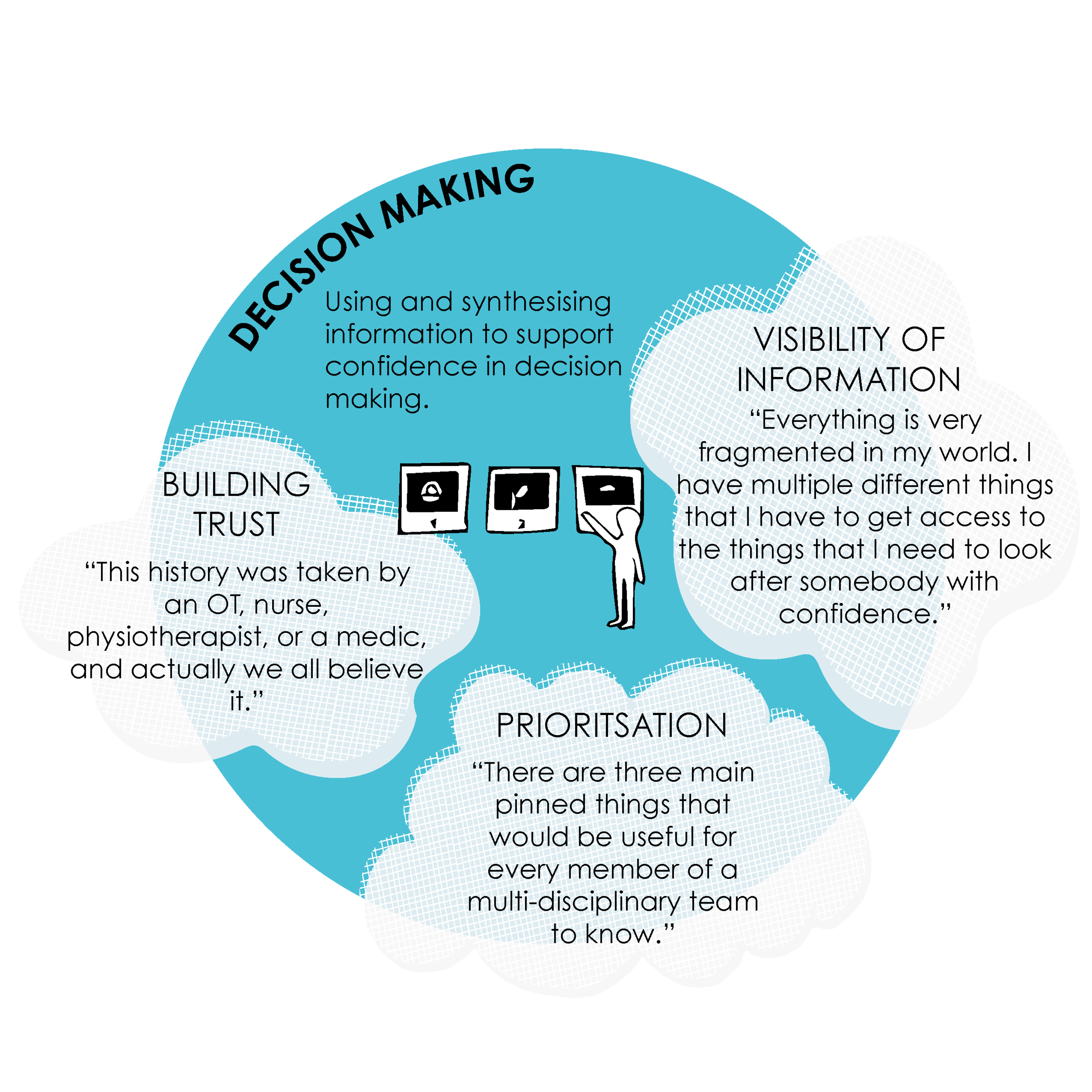
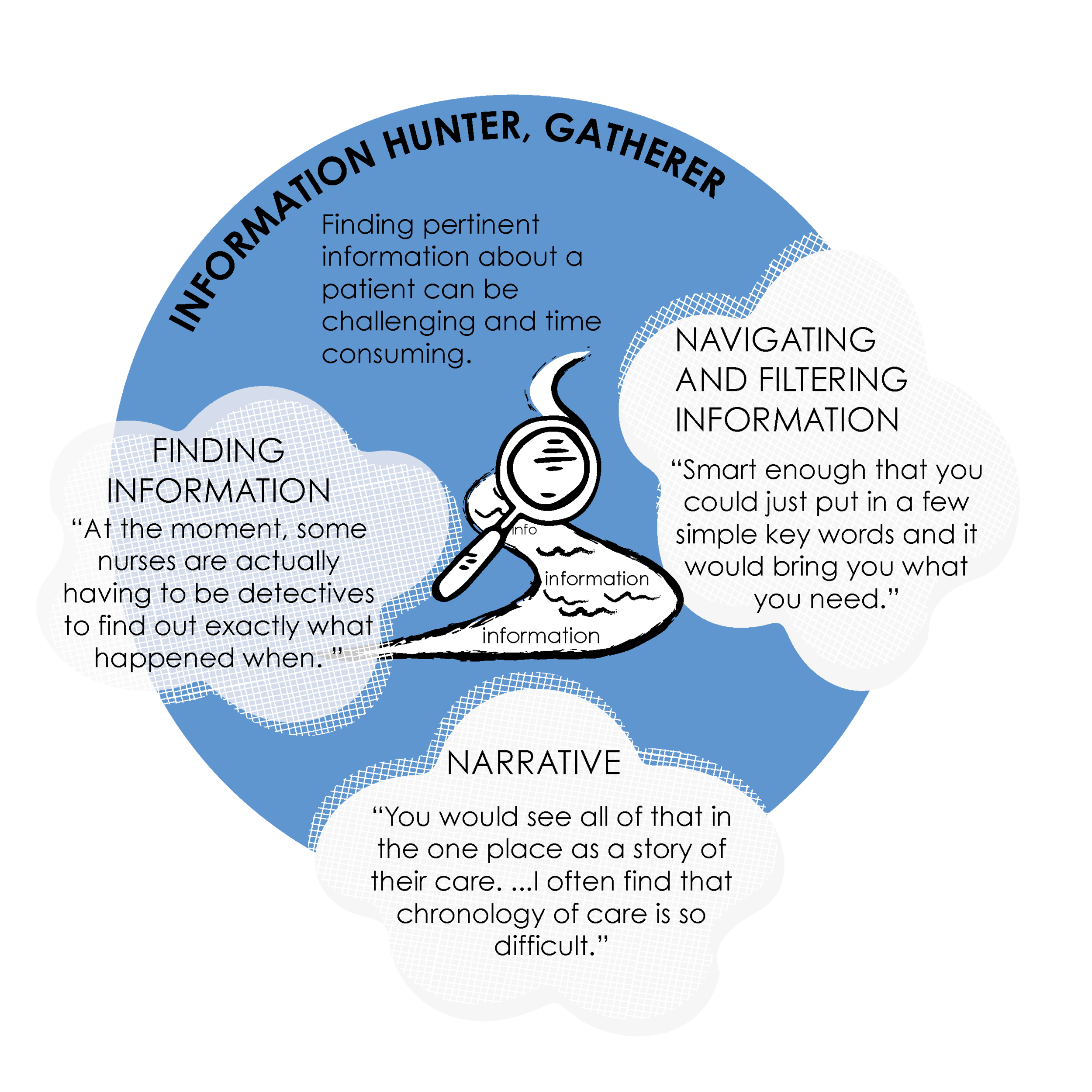
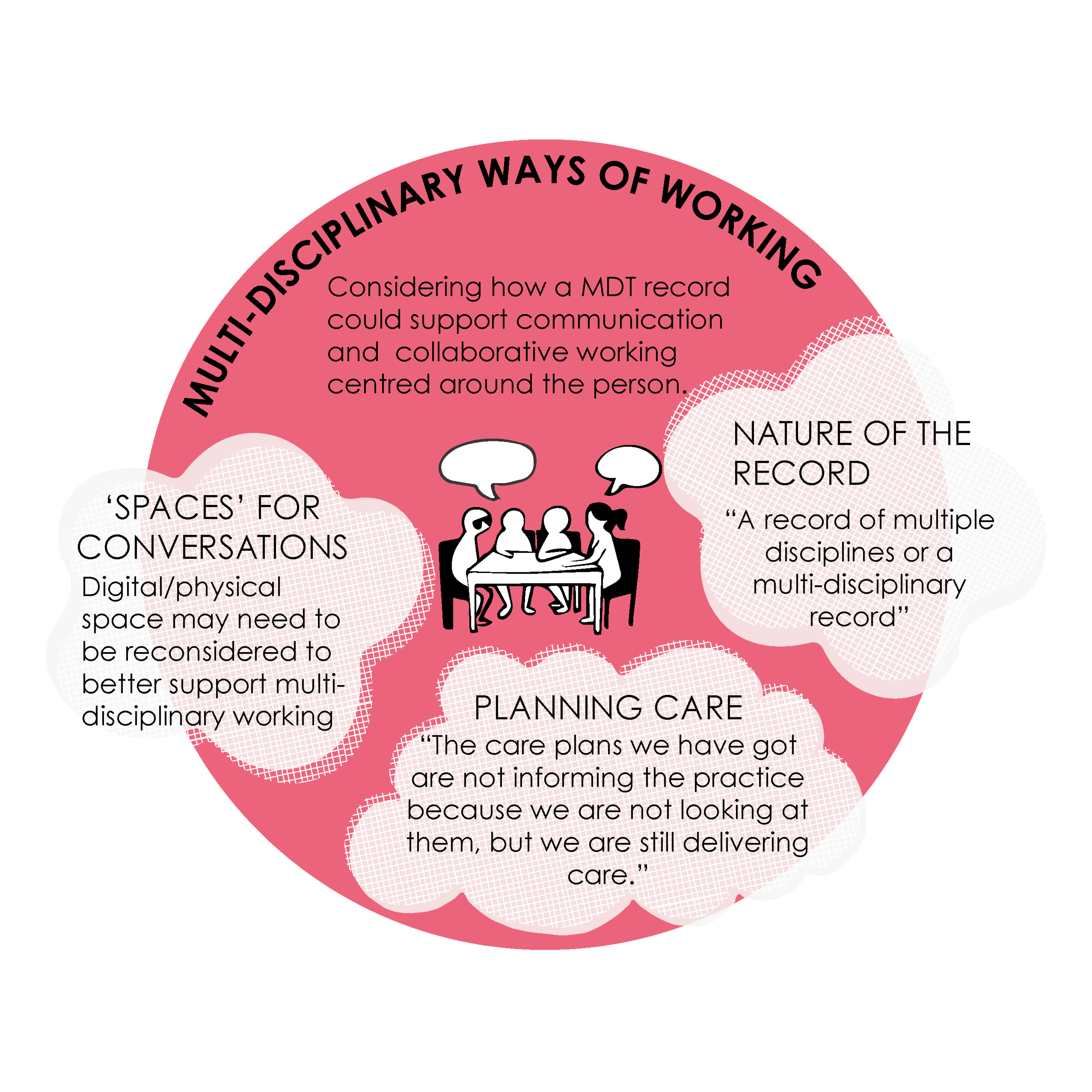
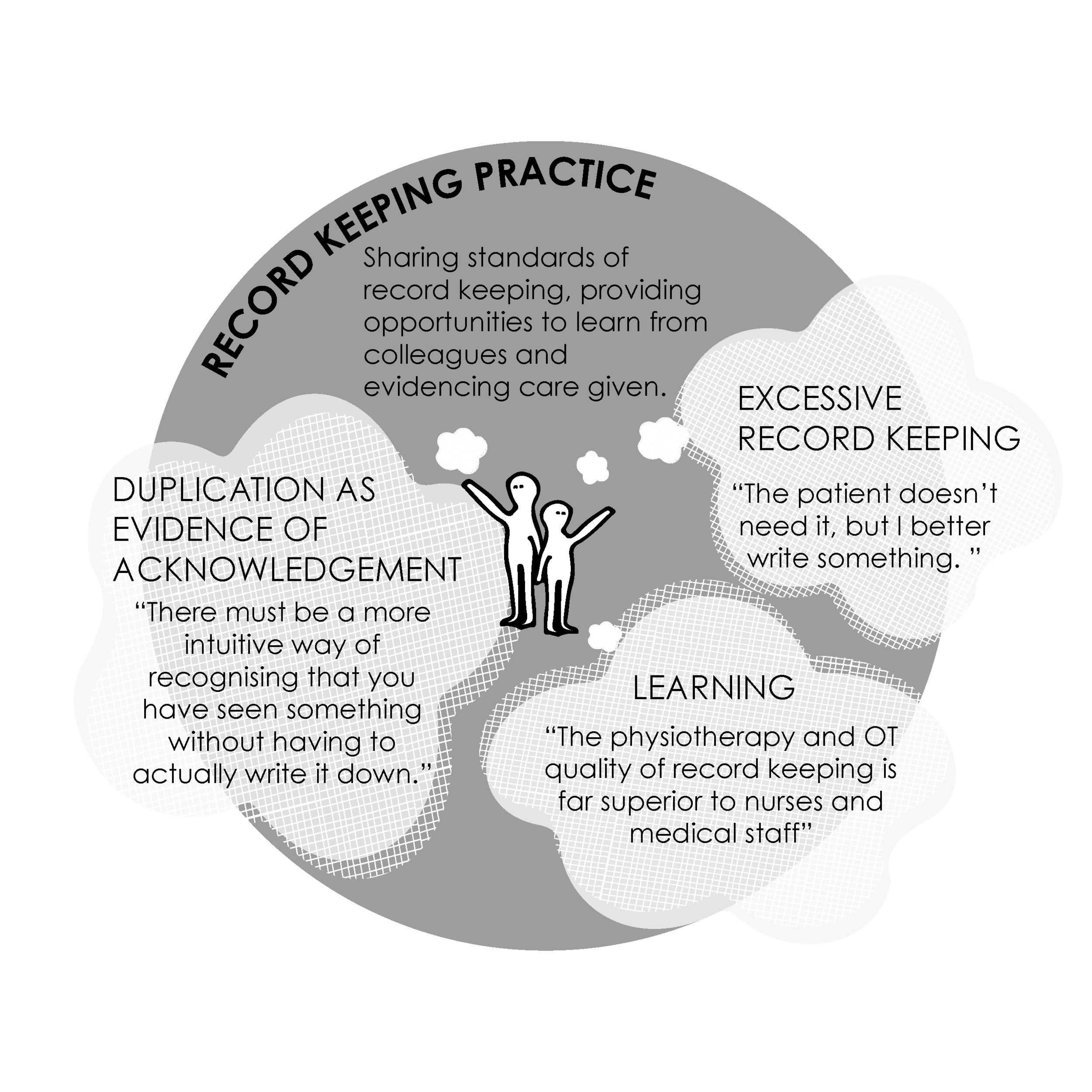
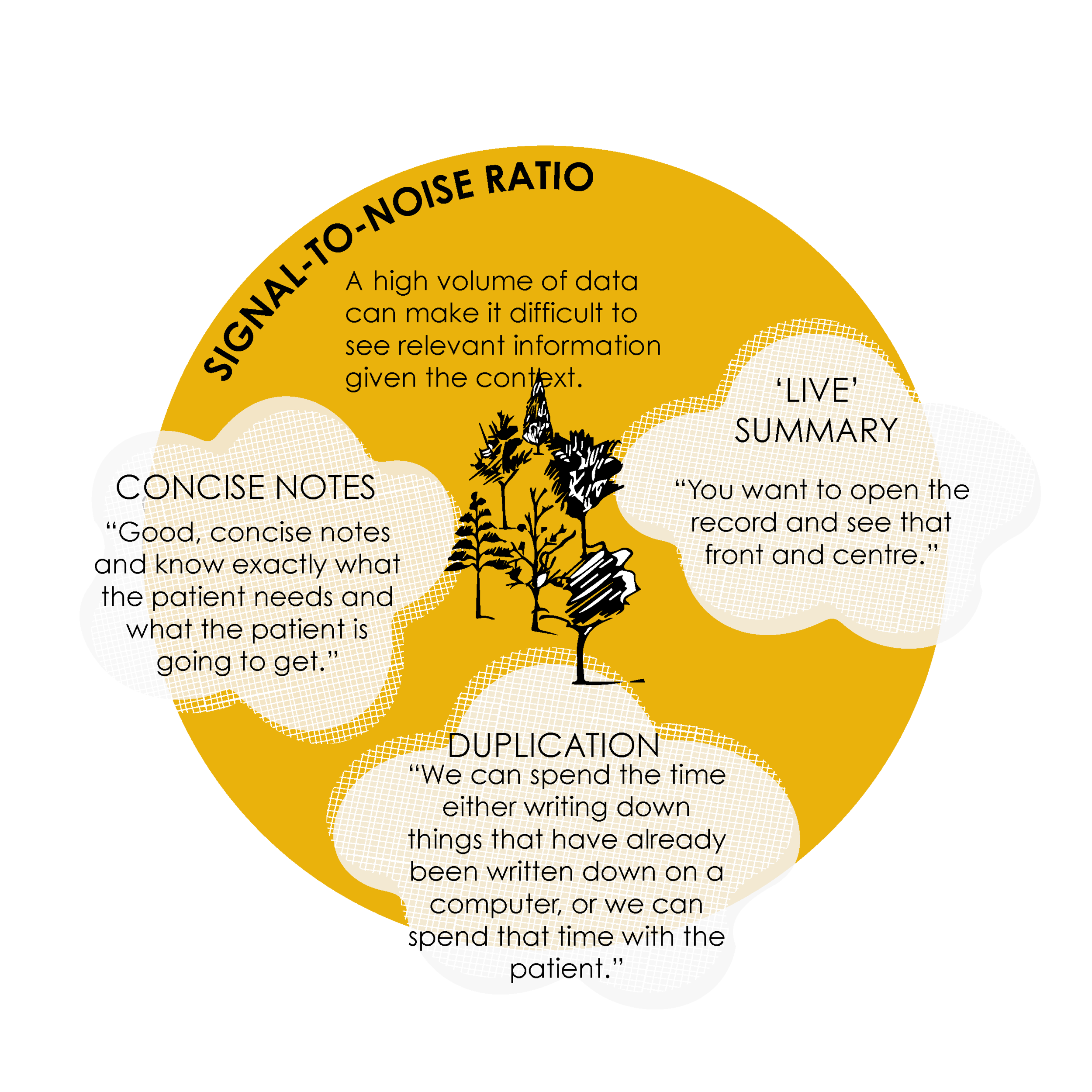
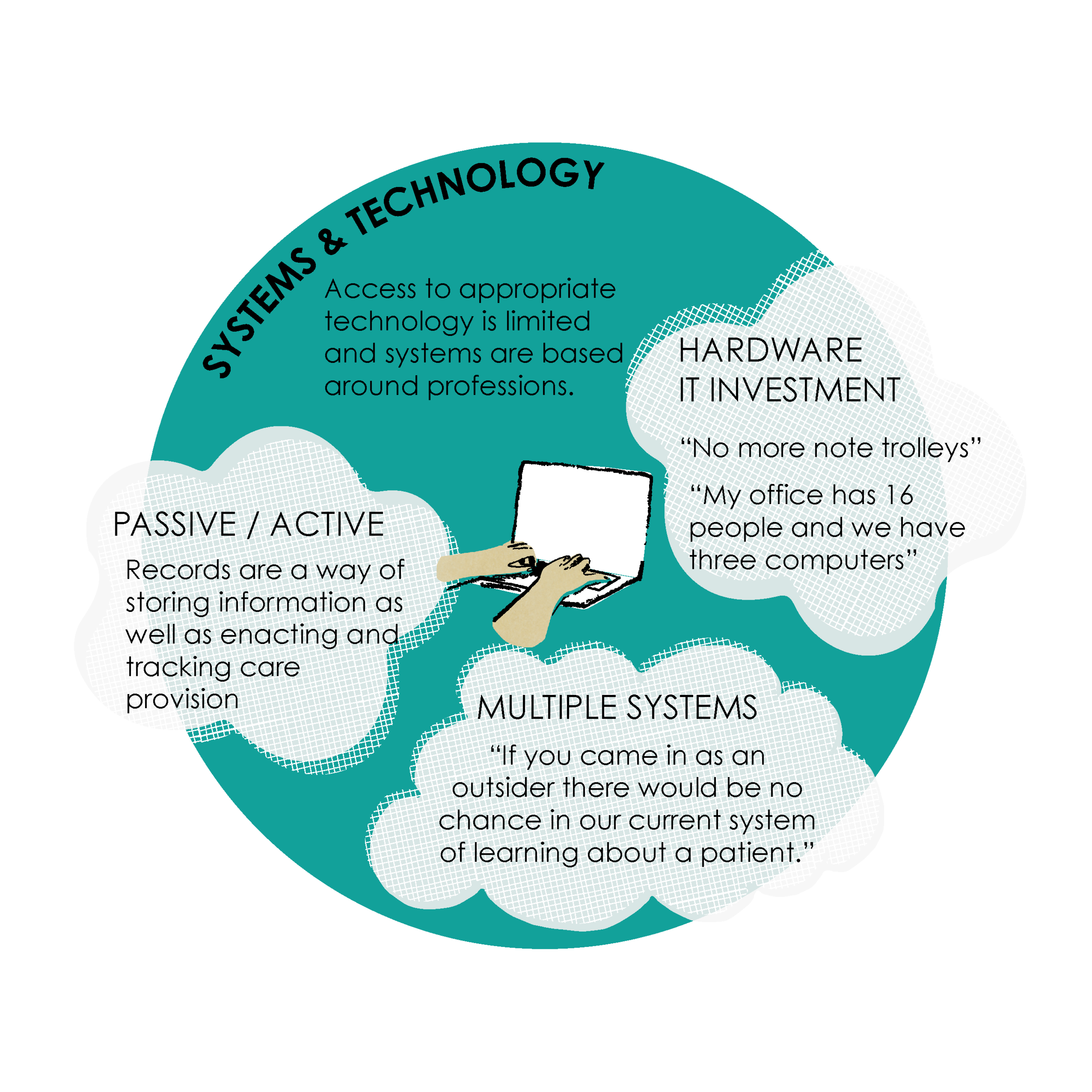
Exploring the potential of in-patient electronic working in NHS Grampian
View the full 1st quarter report
In order to explore the potential of electronic recording keeping in NHS Grampian several interviews, focus groups and a workshop were conducted. Through this activity understanding of current record keeping practices and processes was gained, as well as the generation of co-produced ideas for a future electronic record keeping system for person-centred in-patient care which form the basis of the research project. ‘Person-centred’ means focusing on the staff delivering and patients using the NHS Grampian in-patient services. This is as opposed to focusing on technology or auditing requirements.
Design Principles
“A record of multiple disciplines or a multidisciplinary record?”
What does person-centred, multidisciplinary working mean to you?
Why is a single, multidisciplinary record needed?
What would you expect a single, multidisciplinary record keeping system to do?
How would a person-centred, multidisciplinary record improve patient care?
Please send us your thoughts using this form (all submissions are anonymous):
Preferred Ways of multidisciplinary record keeping
View the full 2nd quarter report
Through the use of bespoke tools, staff were asked to consider their aspirational ways of working together; and the role an innovative digital record could play in supporting this. Each workshop built on the insights from the previous design activities to develop ideas and understanding further, towards a future vision of a MDT record and a basic prototype.
The Future Workforce
System Expectations
“We’re all doing different things but we can’t see what anybody else is doing so we don’t have this match of roles and have no idea what’s going on.”
Simulating and prototyping the multidisciplinary electronic record
View the full 3rd quarter report
The focus at this stage of the project was on simulating and prototyping the single, multi-disciplinary, electronic record using insights, ideas and concepts from the work so far. Through a simulation session on a training ward at Woodend Hospital in NHS Grampian, staff were asked to role play the current process, highlighting the barriers to current ways of working and pulling out opportunities to change. Following this, staff were introduced to a basic prototype digital record and asked to role play a future scenario suggesting amendments to the prototype and additional views required of the future system to support new ways of working.
PRIORITY GUIDES
HOMEPAGE
Viewed before clinical contact to prepare professional and avoid repetition. The view should build a picture of the person to inform clinical judgement, show why they’re here and what you are going to do next.
TIMELINE OF CARE
A patient timeline view should offer an overview of the patient journey, feature a reverse-chronological timeline of delivered care as an episode of care but with ability to view history and previous admissions easily.
discharge preparation
Discharge preparation will help staff to quickly see the status of a patient ‘at a glance’. Progress of an in-patient through their stay should be displayed visually on the in-patient homepage screen which highlights their current situation and any planned or outstanding actions, interventions and/or results between the current time and their discharge.
ADDITONAL CONCEPTS
Pre-admission patient contribution
View for the in-patient that could be shared pre-admission to verify their core information e.g. address, history and share questions/ concerns and lifestyle choices. Having this information pre admission would add value to the initial contact and build patient confidence in the multidisciplinary team.
CURRENT ACTIVE SERVICES
View to quickly see patients current active services and their status with space to flag upcoming/potential referrals which would allow staff to record a ‘hunch’ that a referral may be required. There may be different levels of urgency for each referral.
COMMON LANGUAGE
How extensive could a common assessment language be within in-patients? Could SOAP be used for new (admission) and review assessments with patients for all disciplines? With SBAR for shift handover? Common language required for staff differentiated from patient assessment language.
distinguishing data
Data should be separated from healthcare processes e.g. admission is a process that will produce data but not data itself.
Continuous care data (e.g. demographics) should be split from episodic data (e.g. reason for admission).
Overlapping data from each profession (medical, nursing, AHP) will form the core data for the MDT with a view to moving towards mainly an MDT record.
“We all want the same information.””
Interactive Prototype
Recommendations and Requirements
View the full 4th quarter report
Break-up letters
Recommendations
“We’re re-designing our process to digitalise it. And that’s the innovation around what we’ve done.””

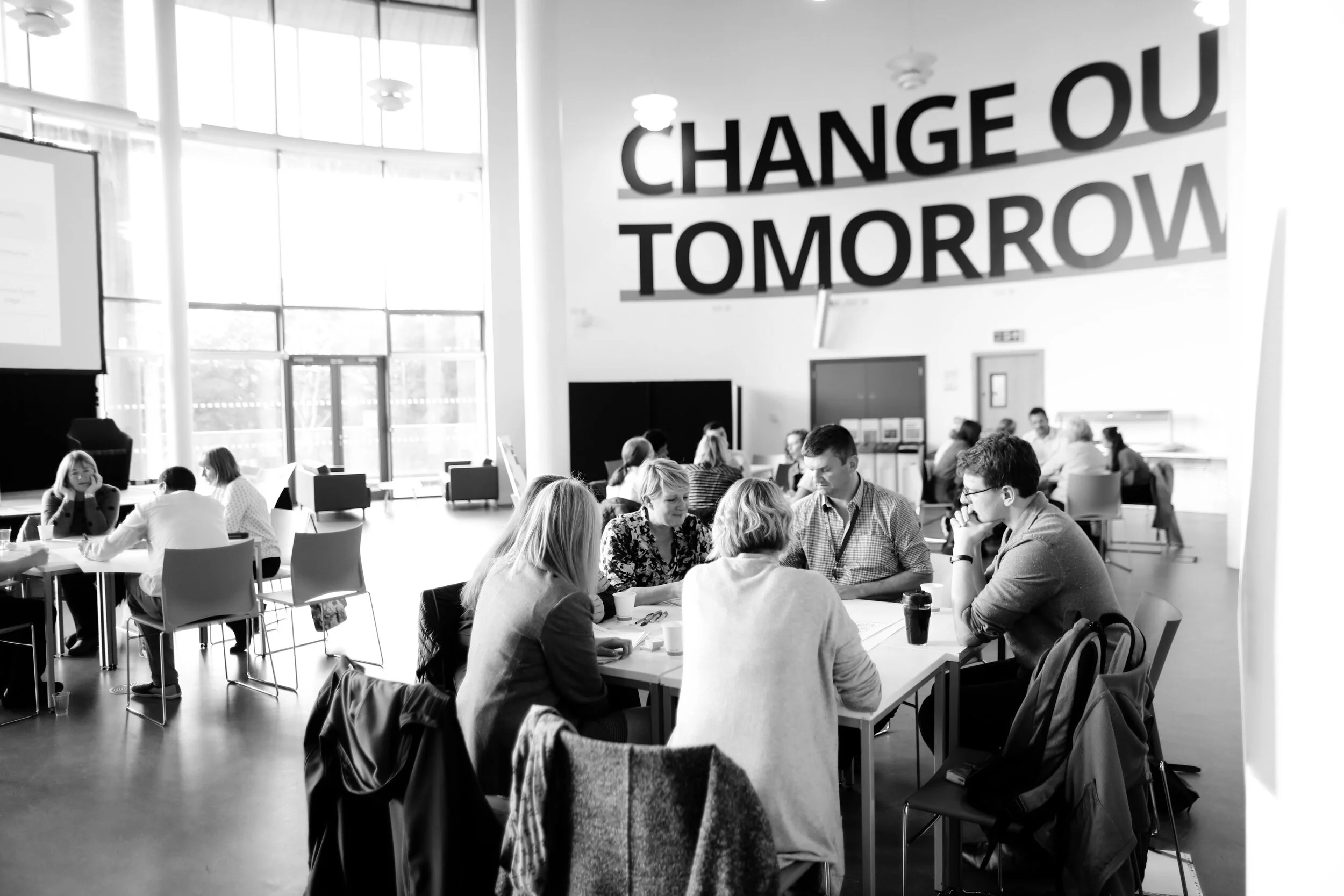
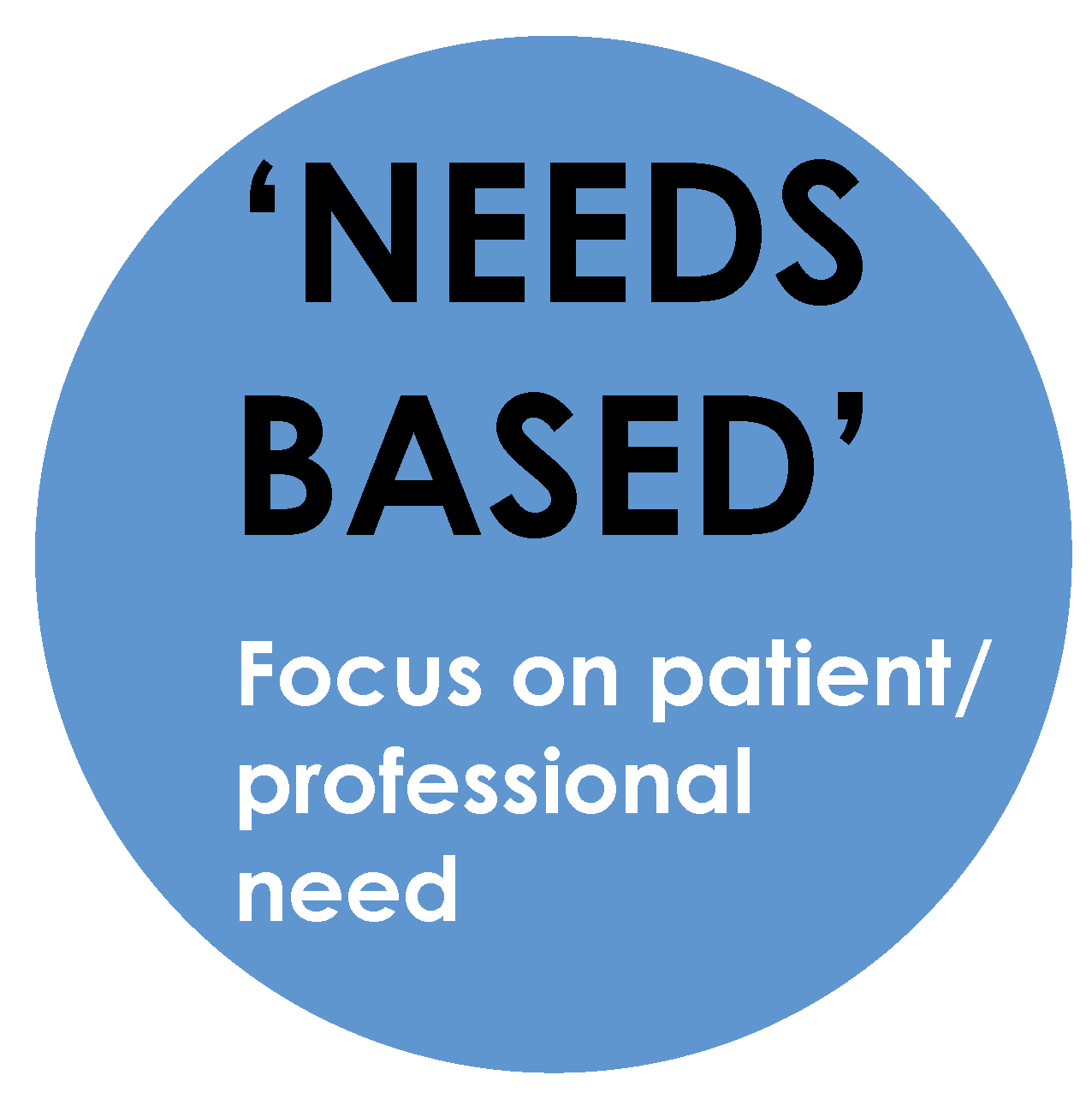
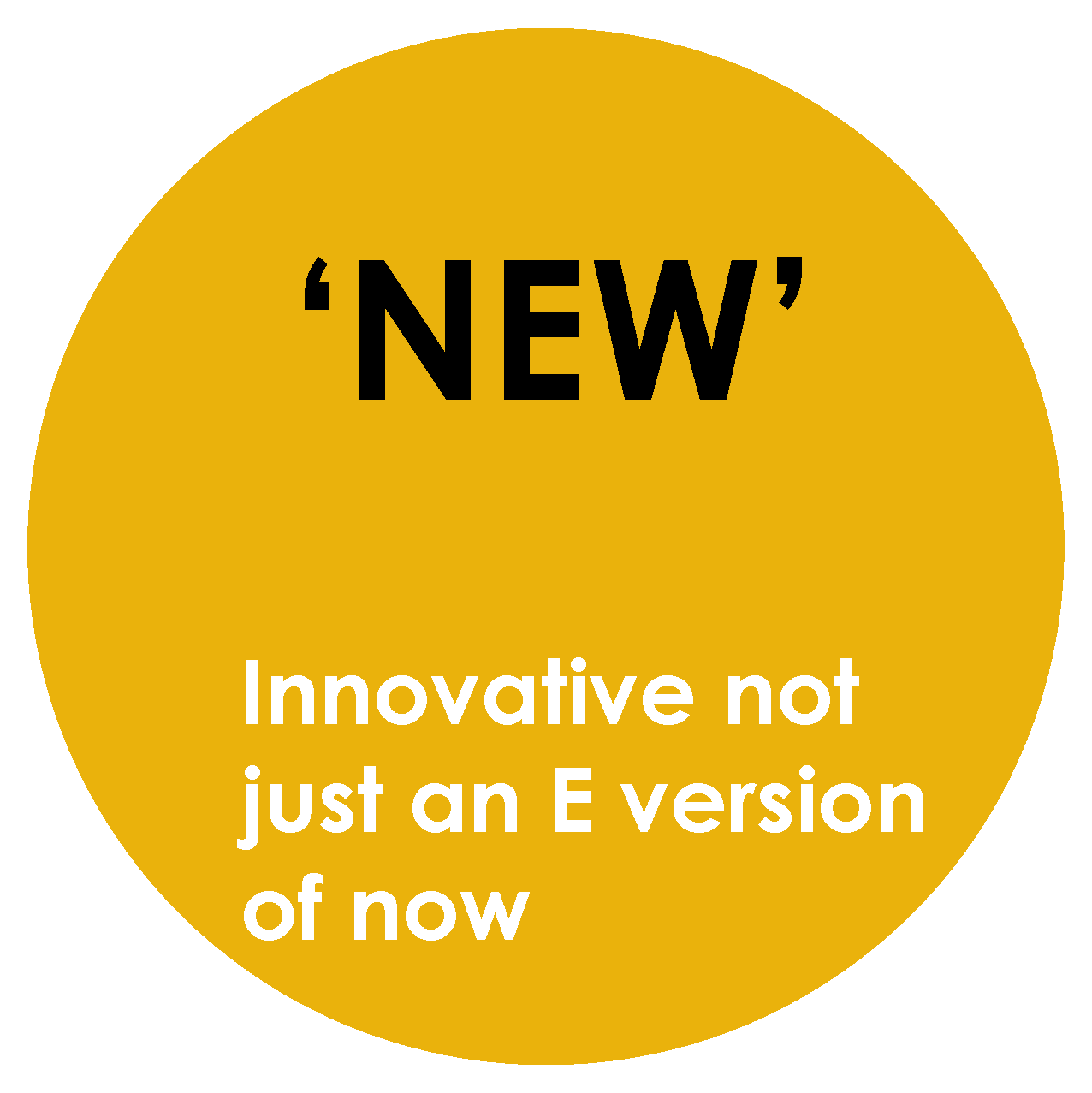
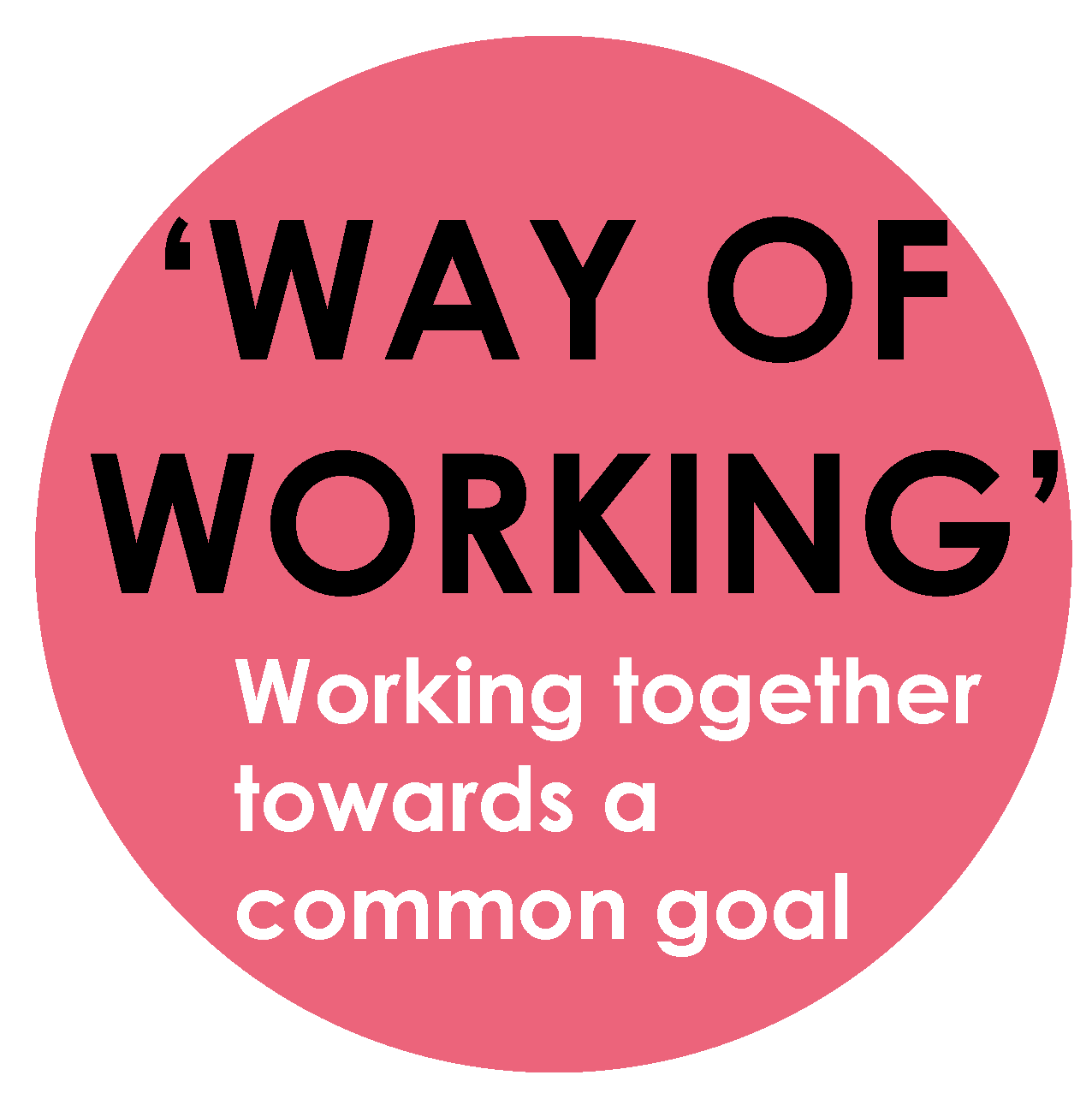

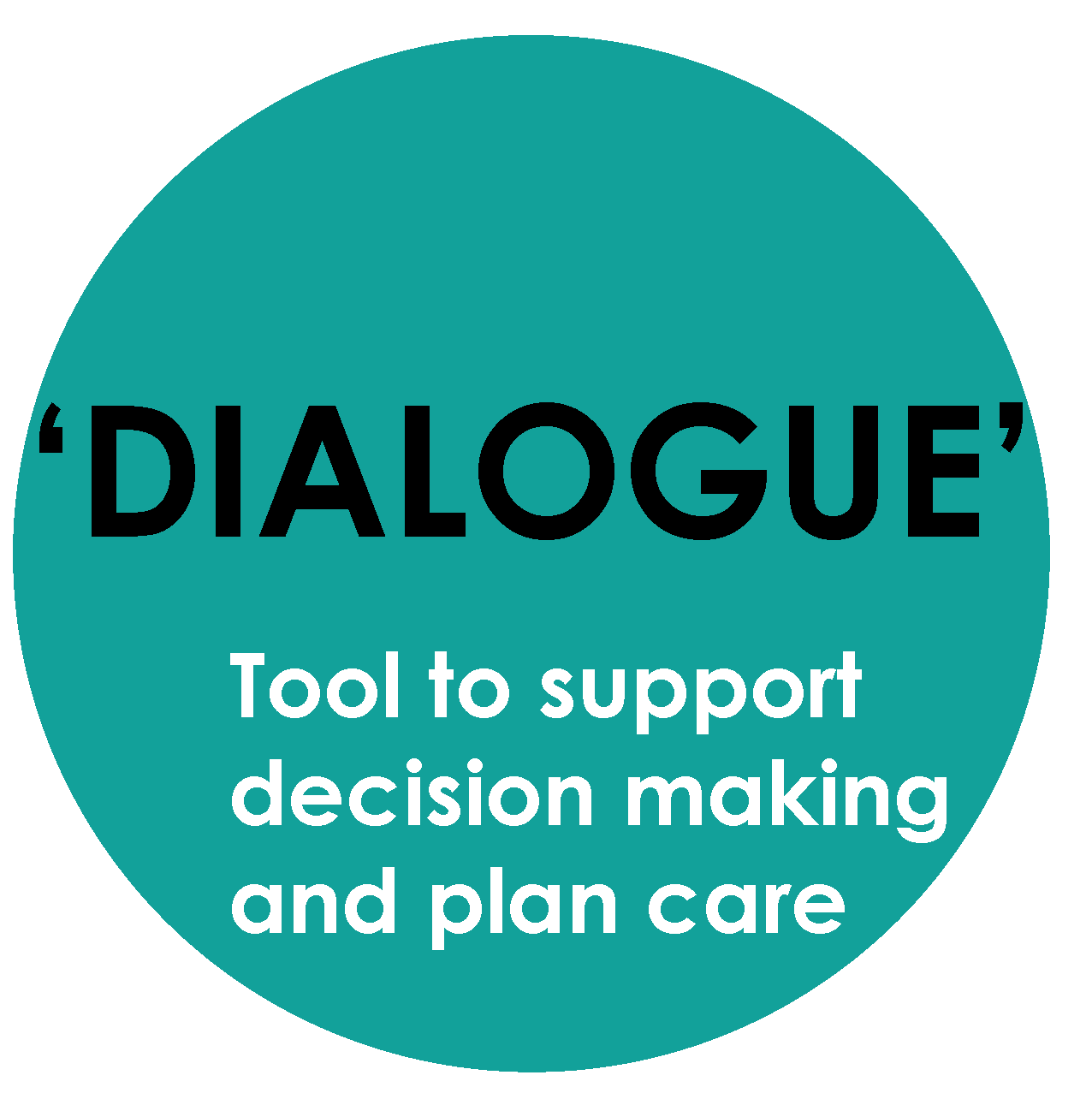


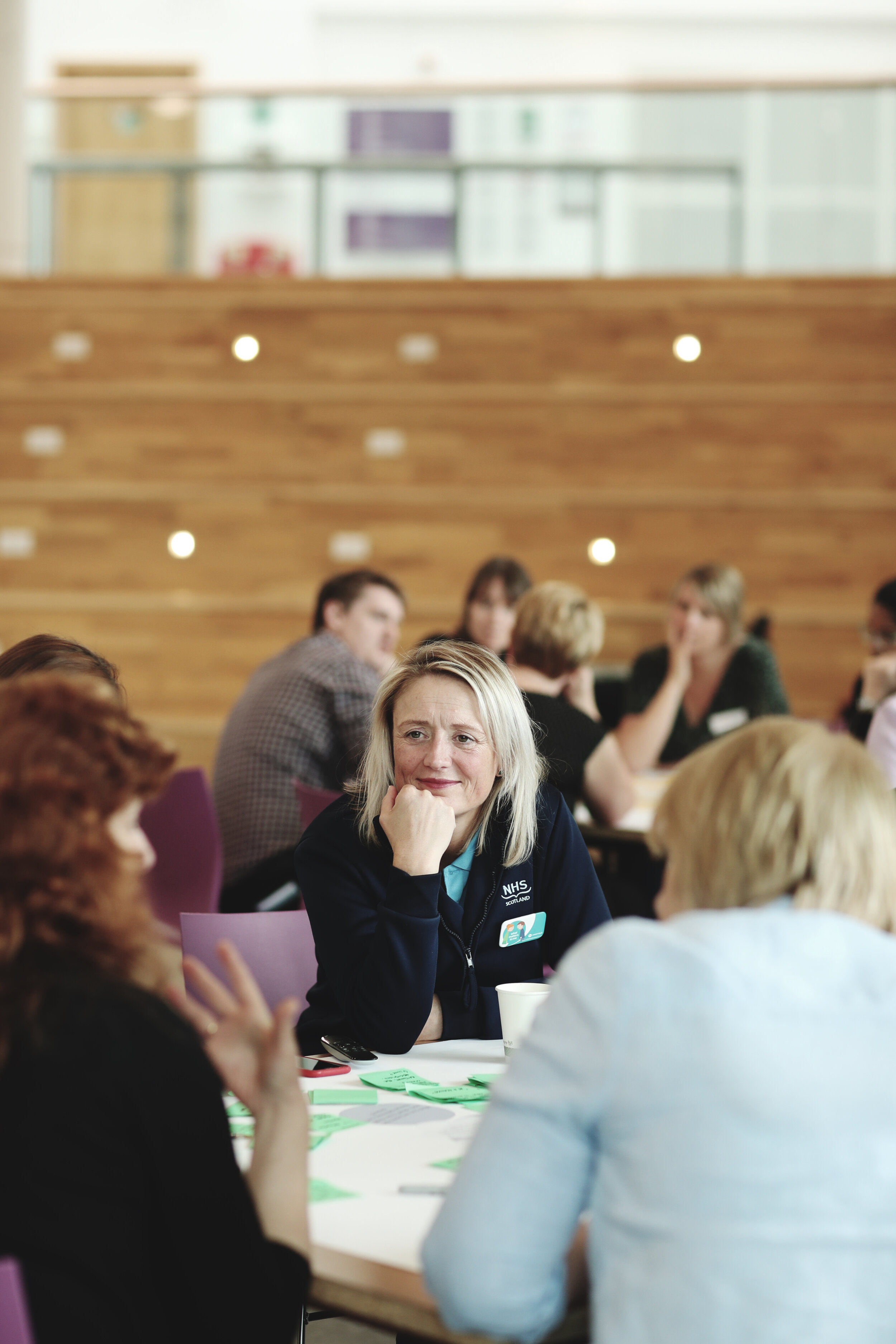
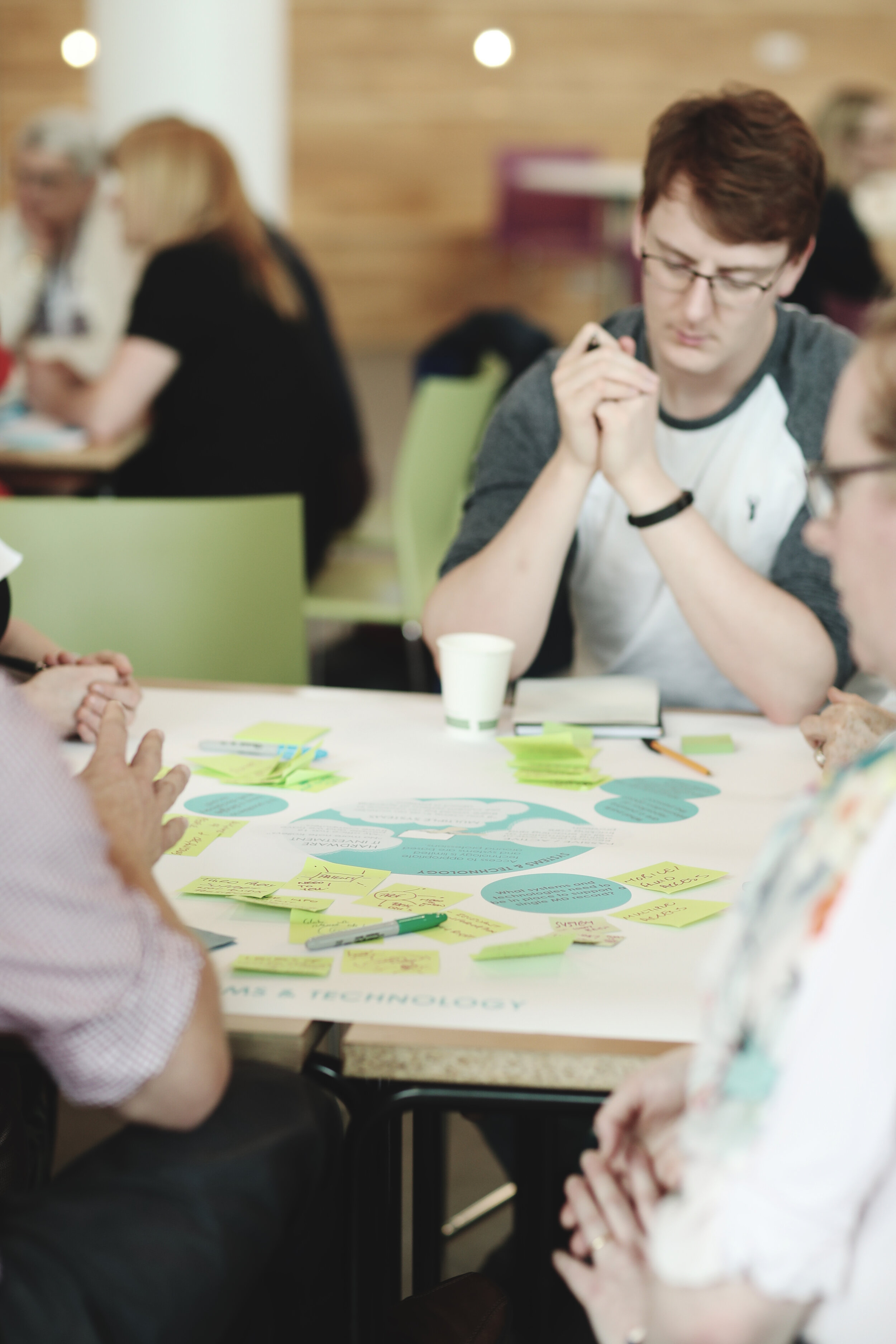
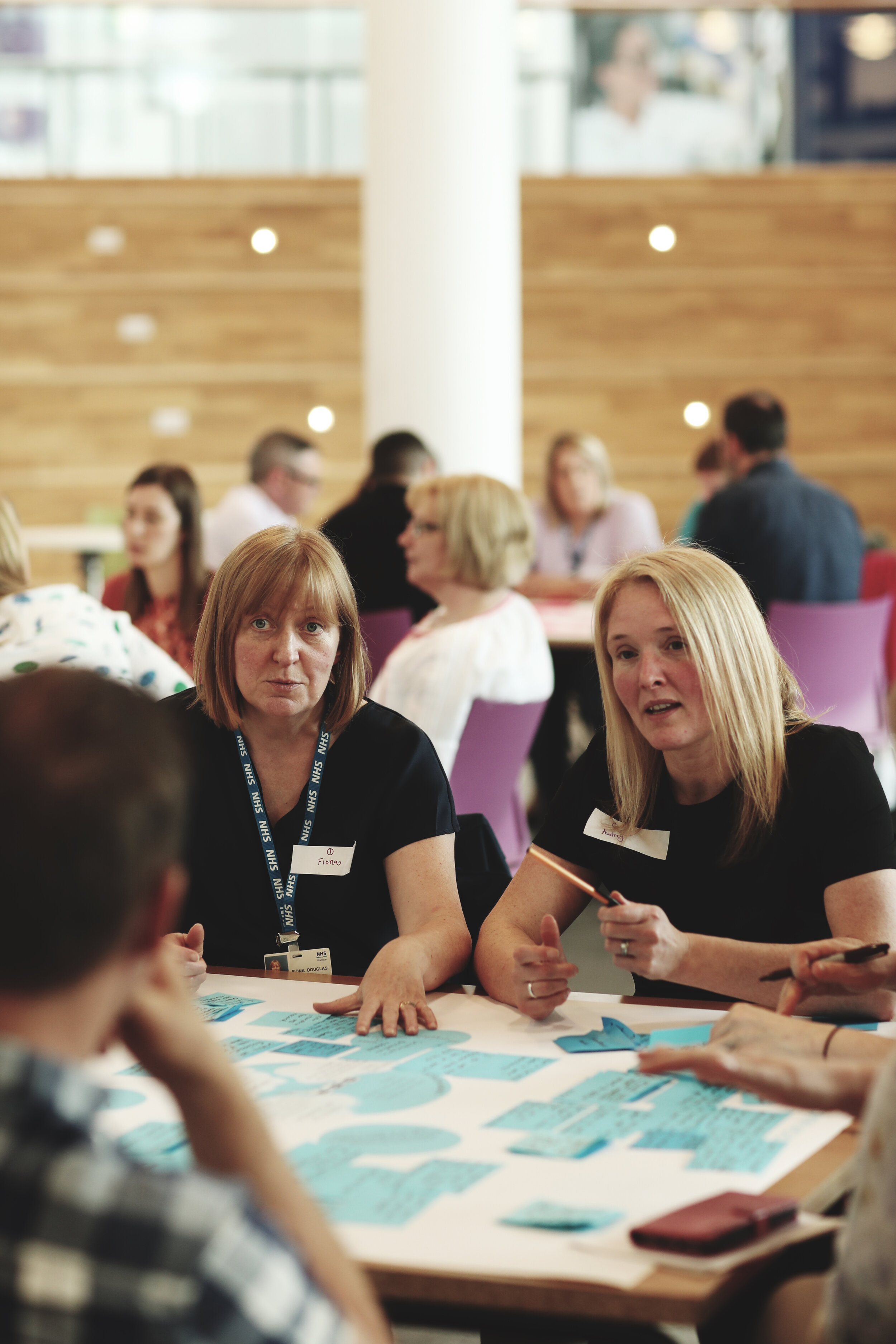

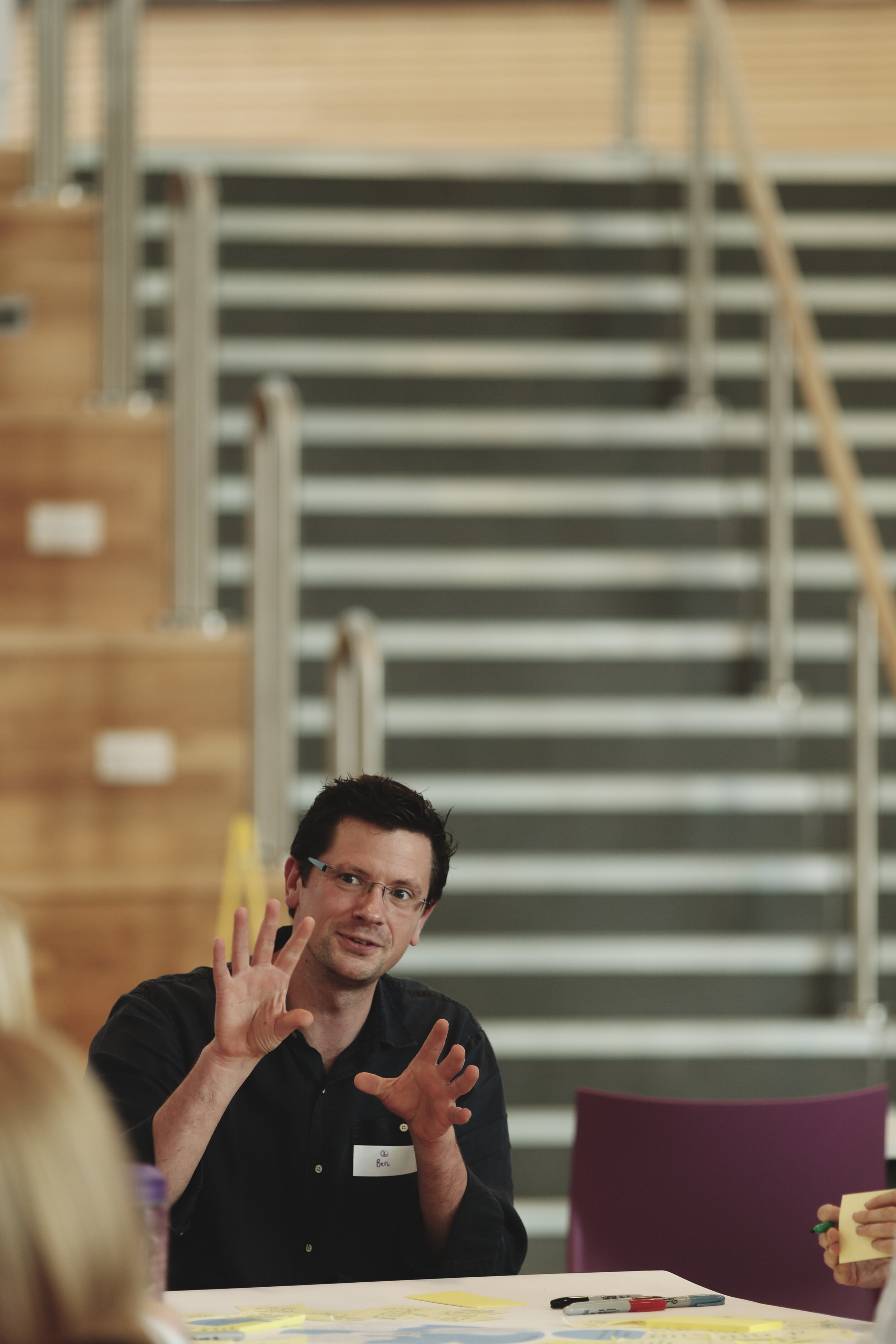
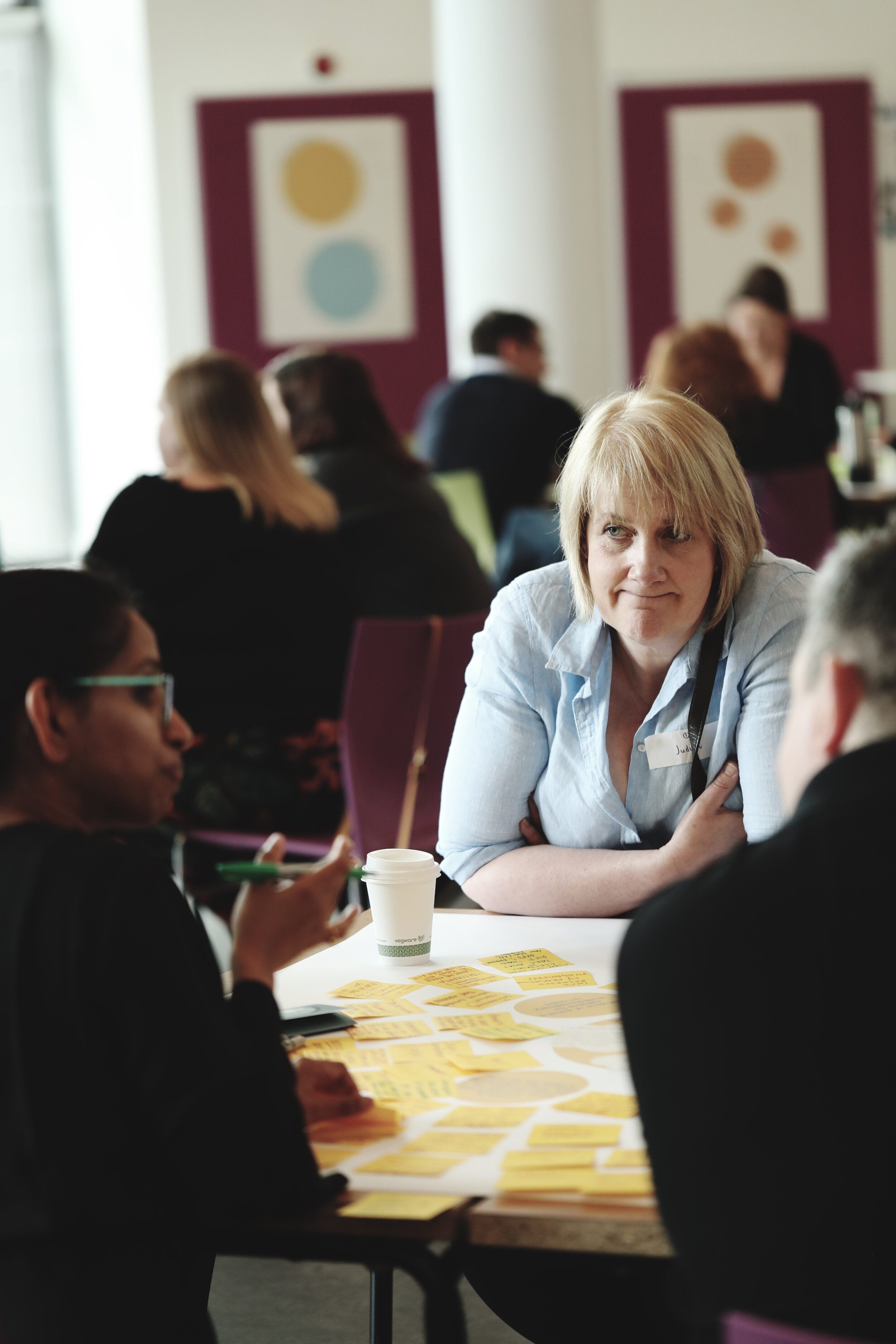
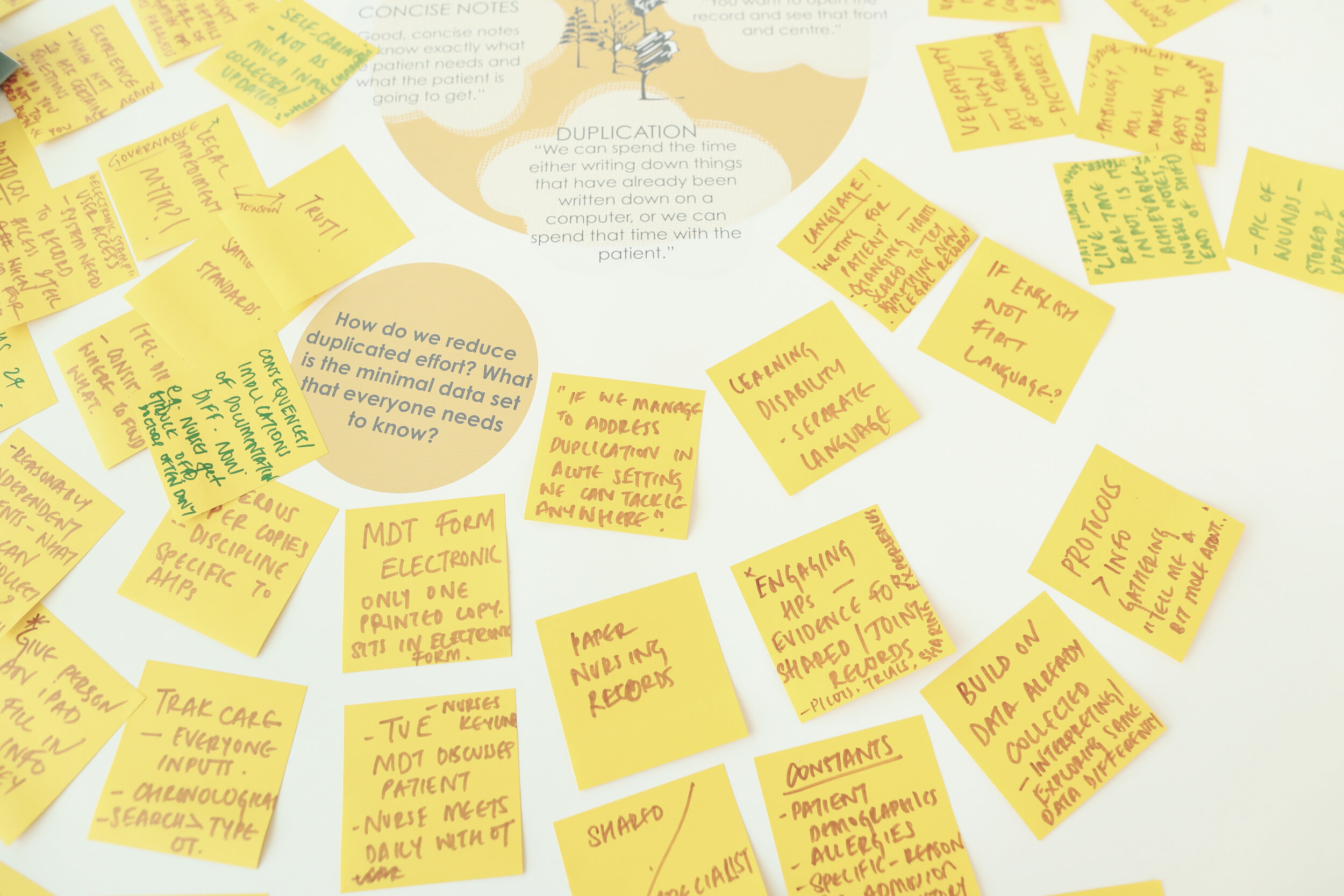
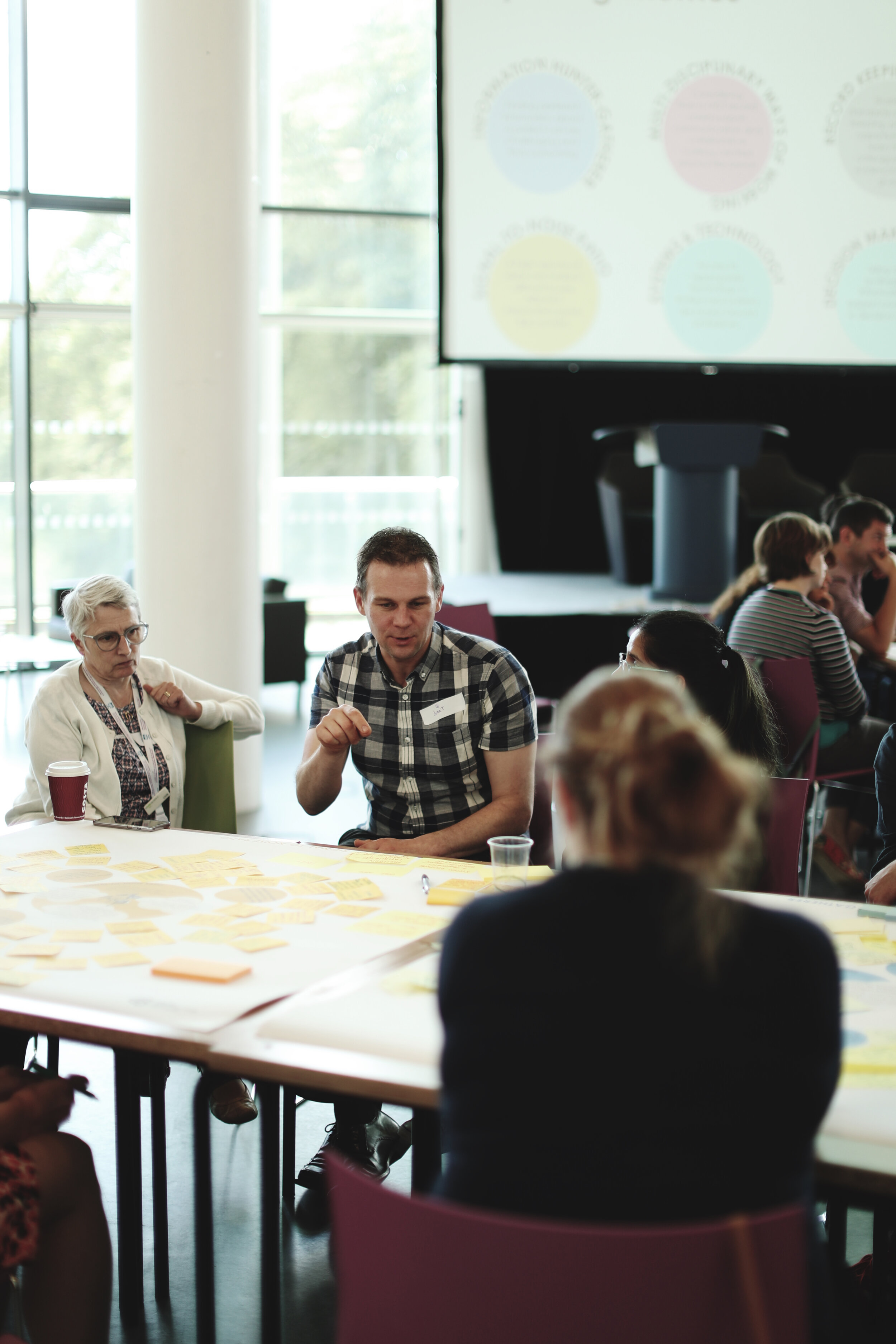

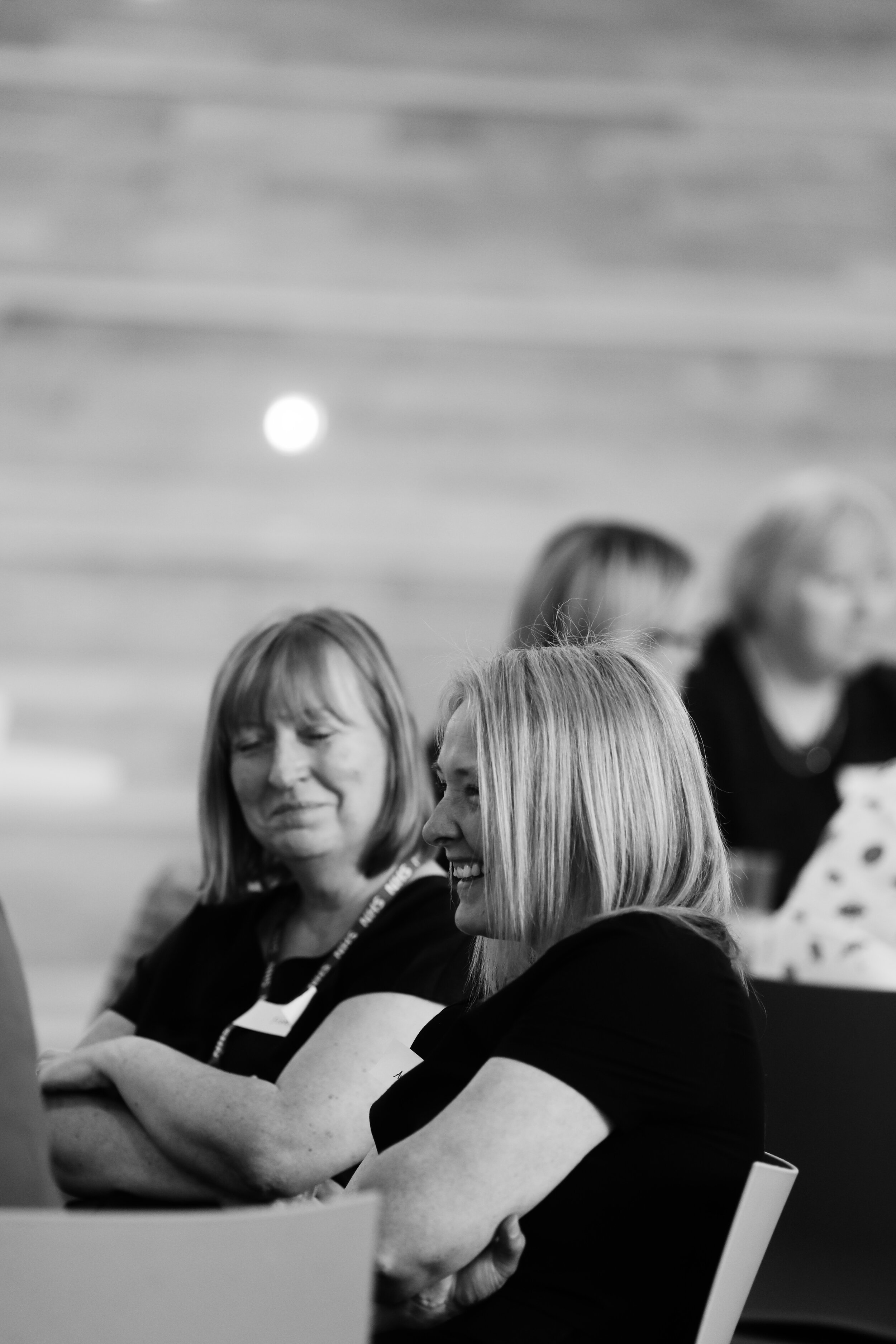

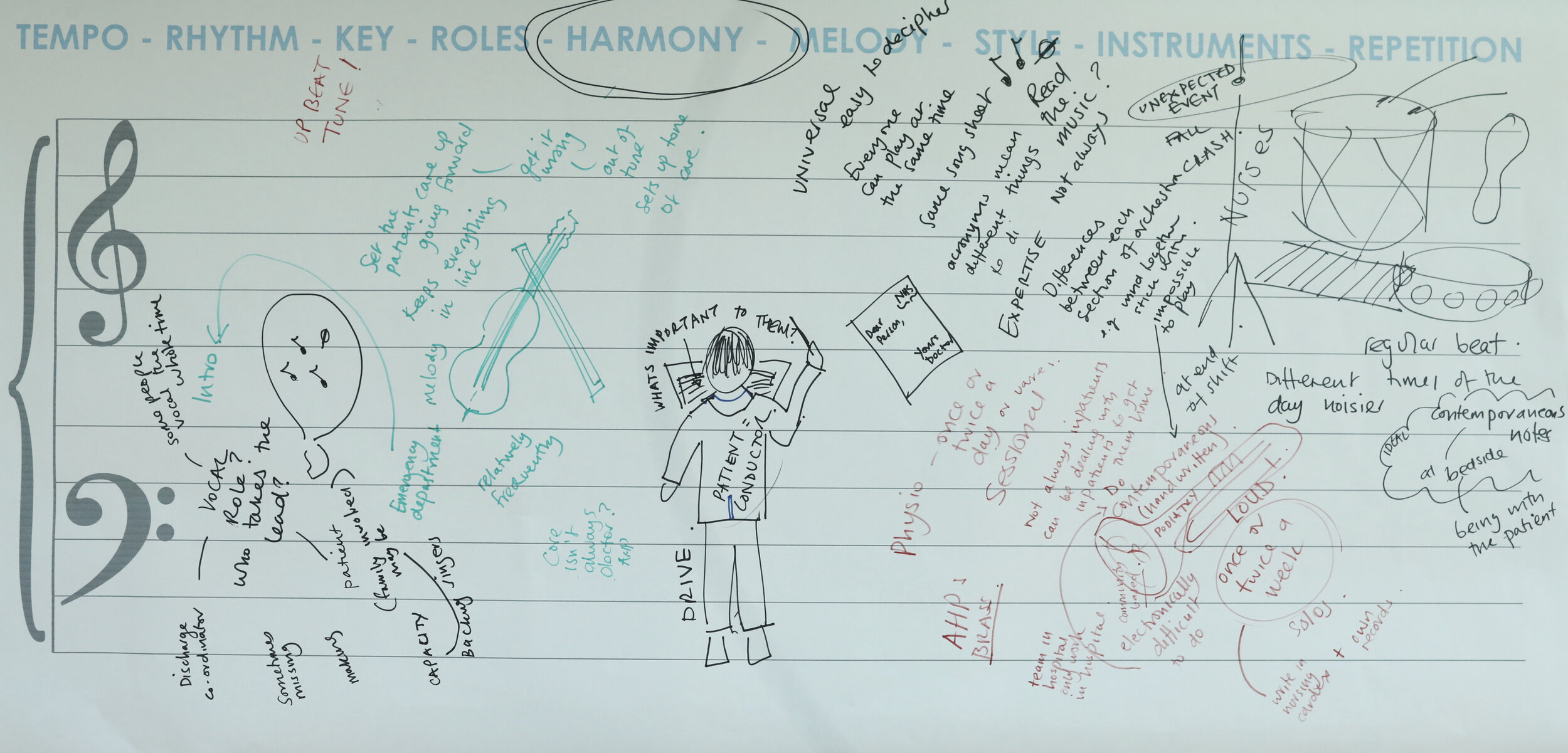
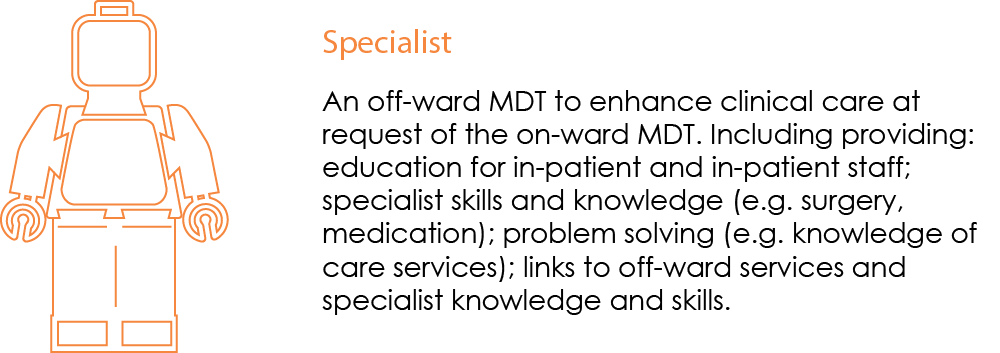
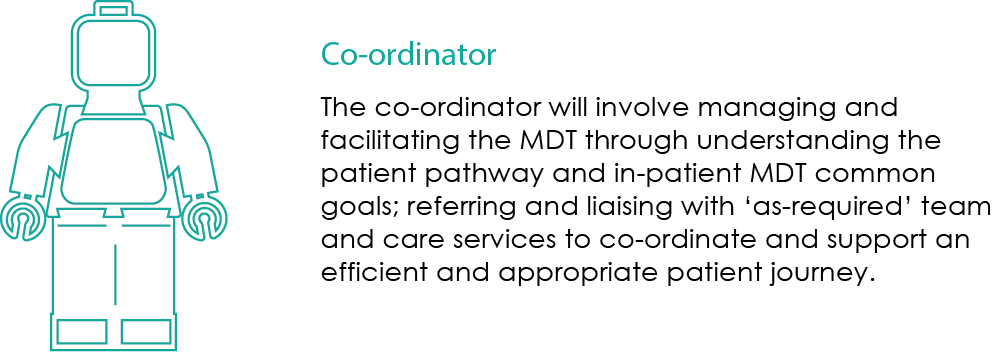
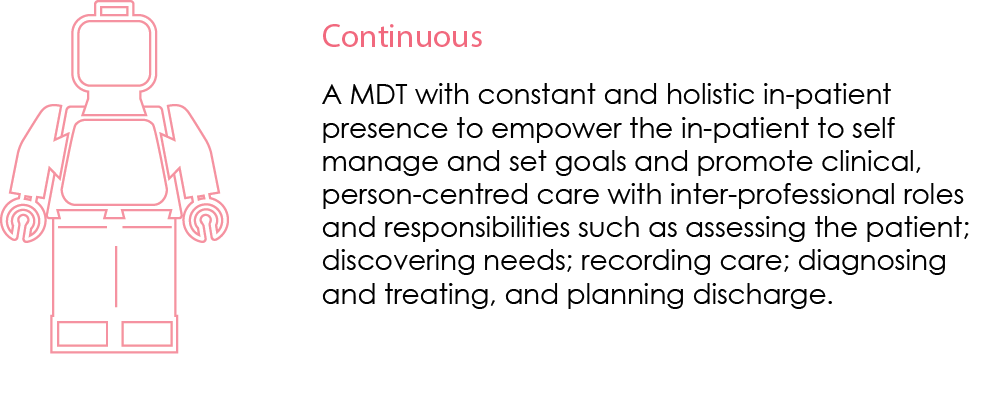
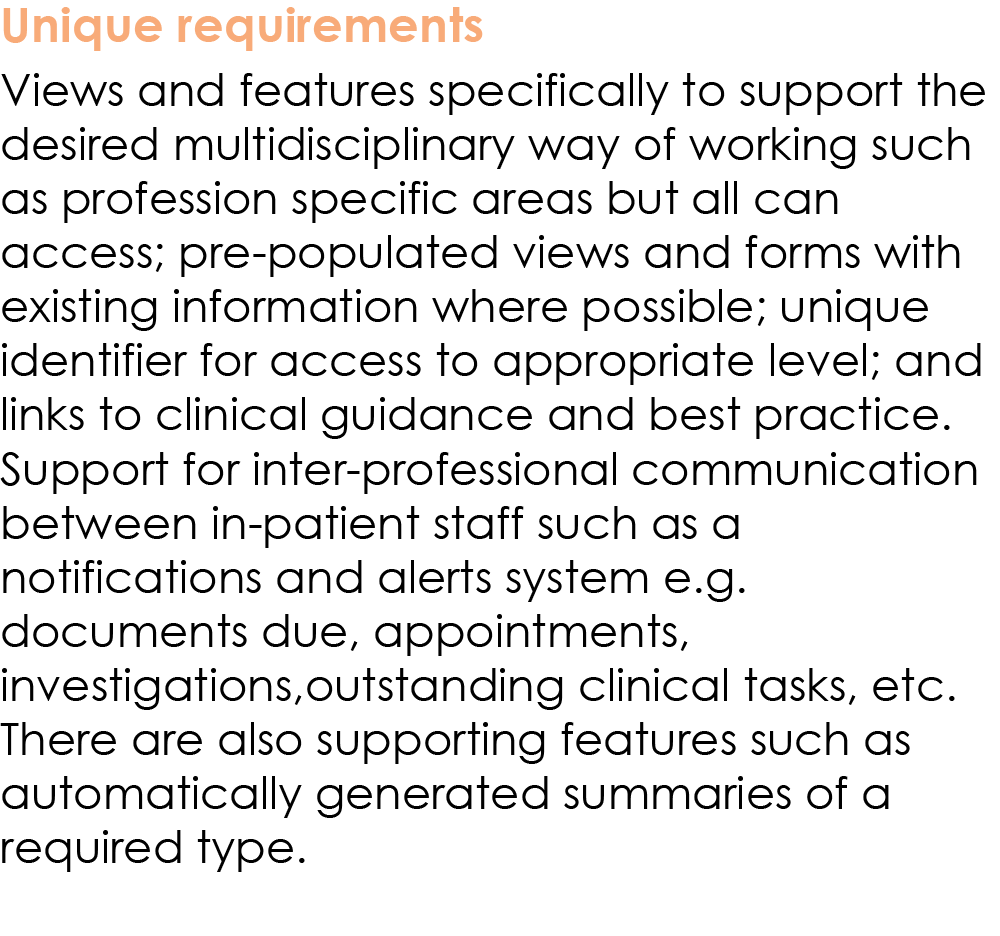

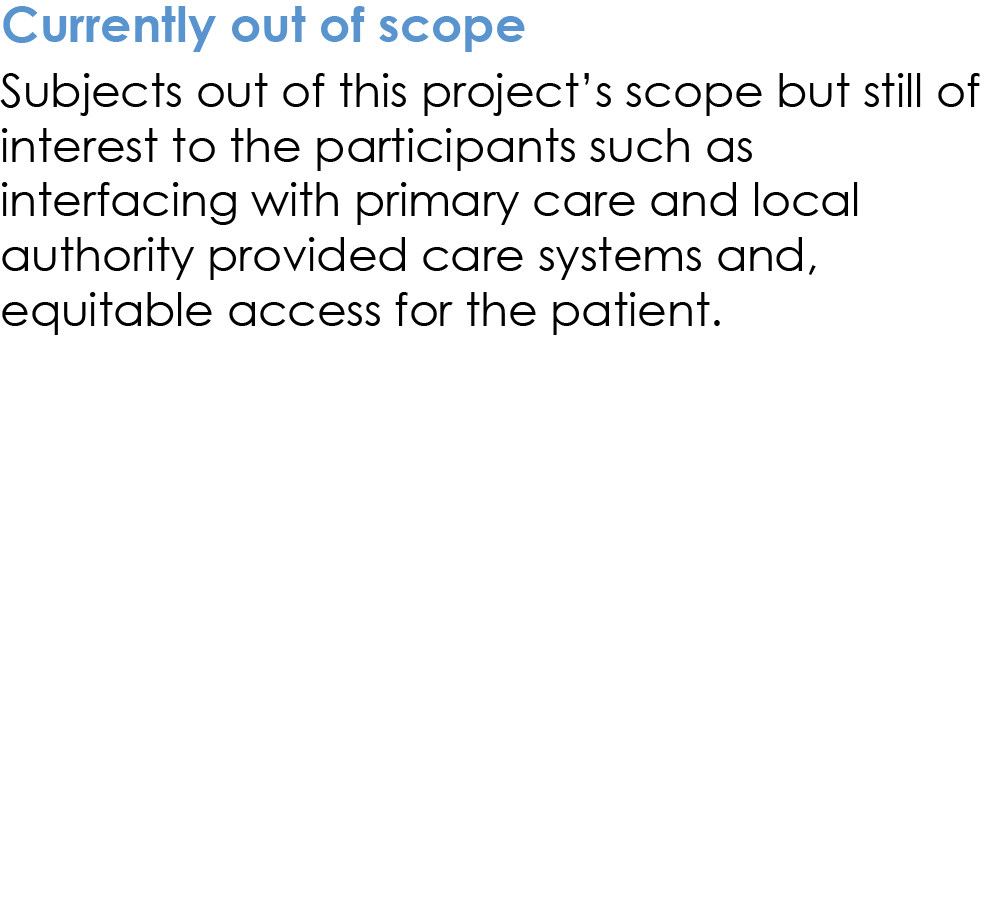
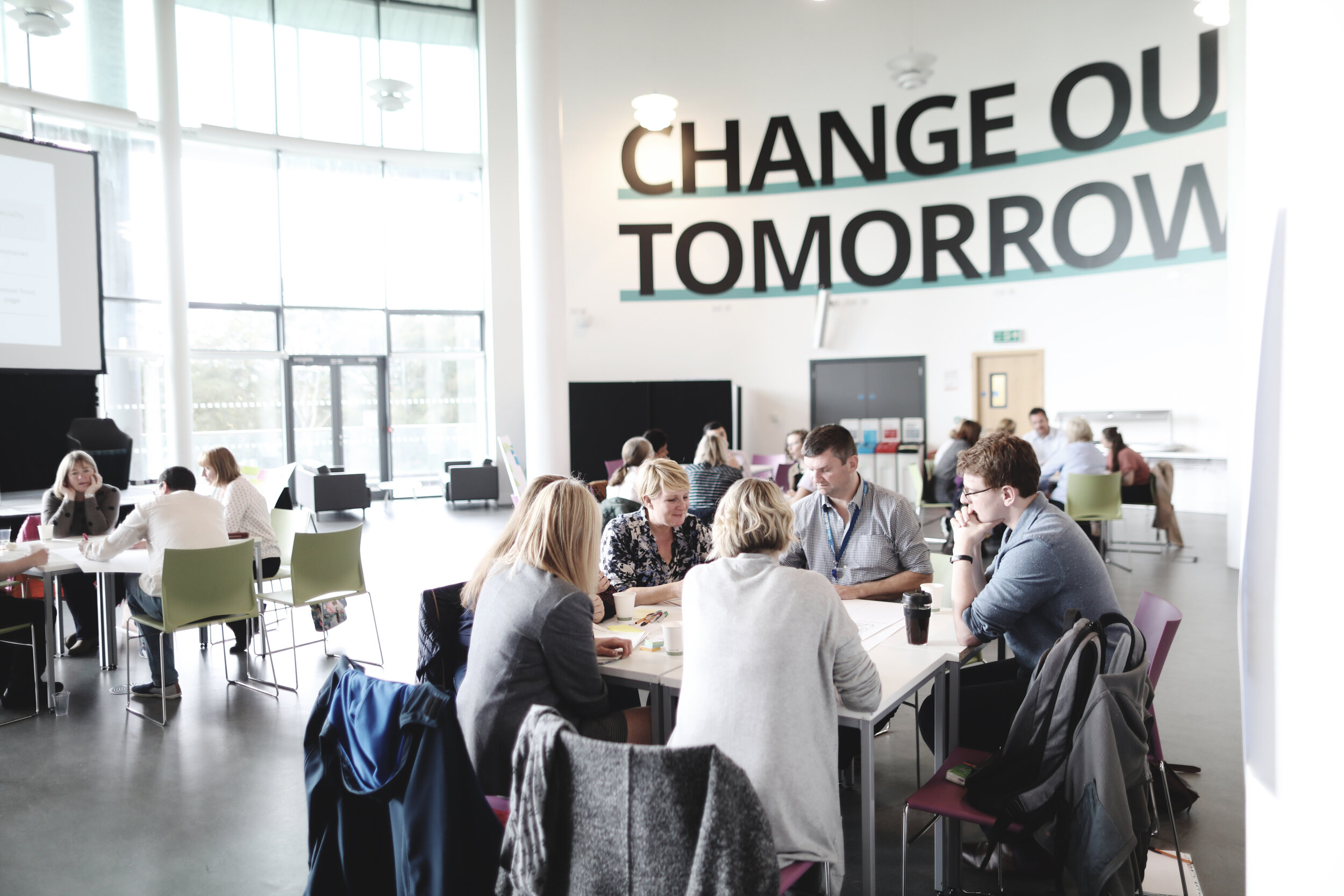
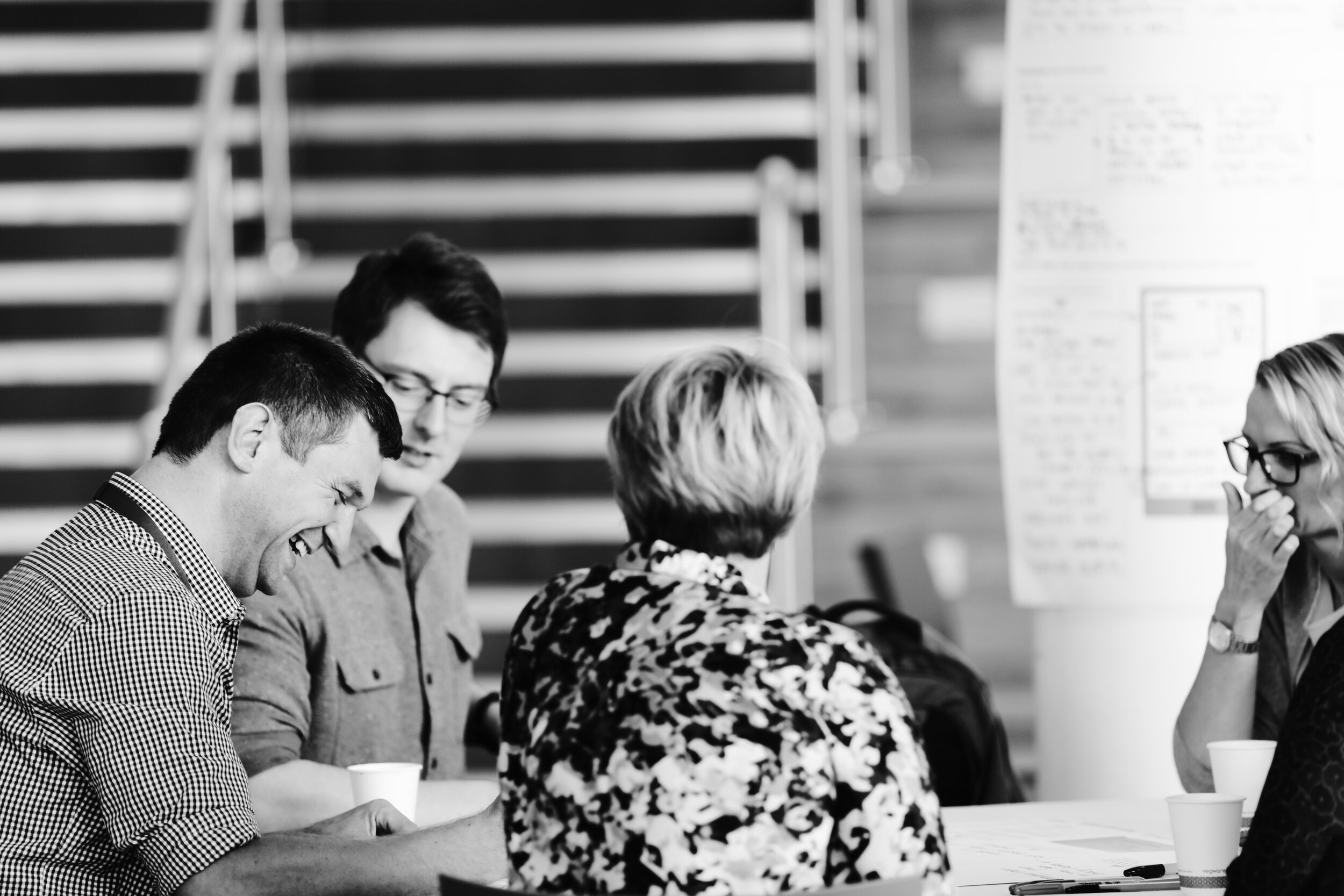
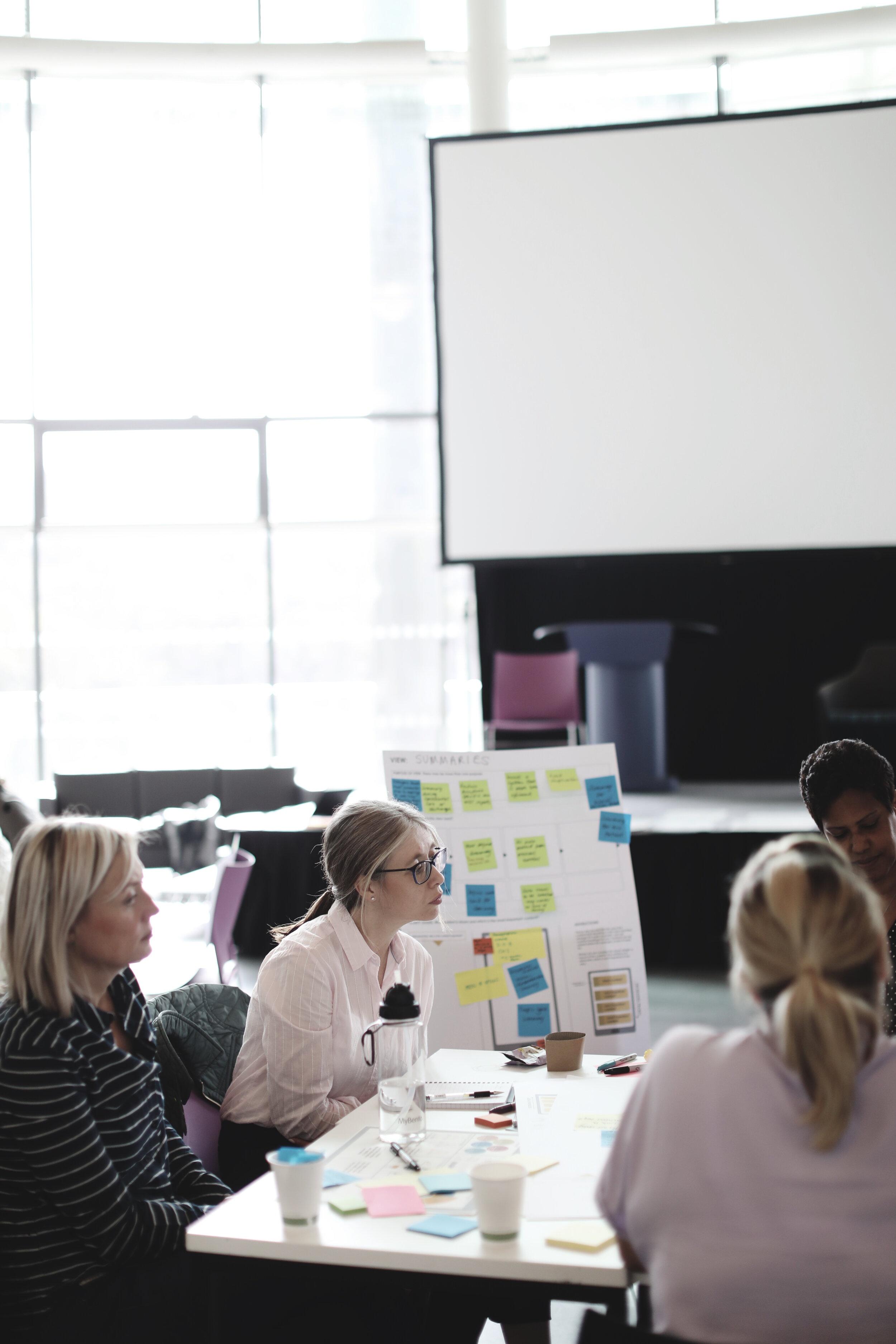


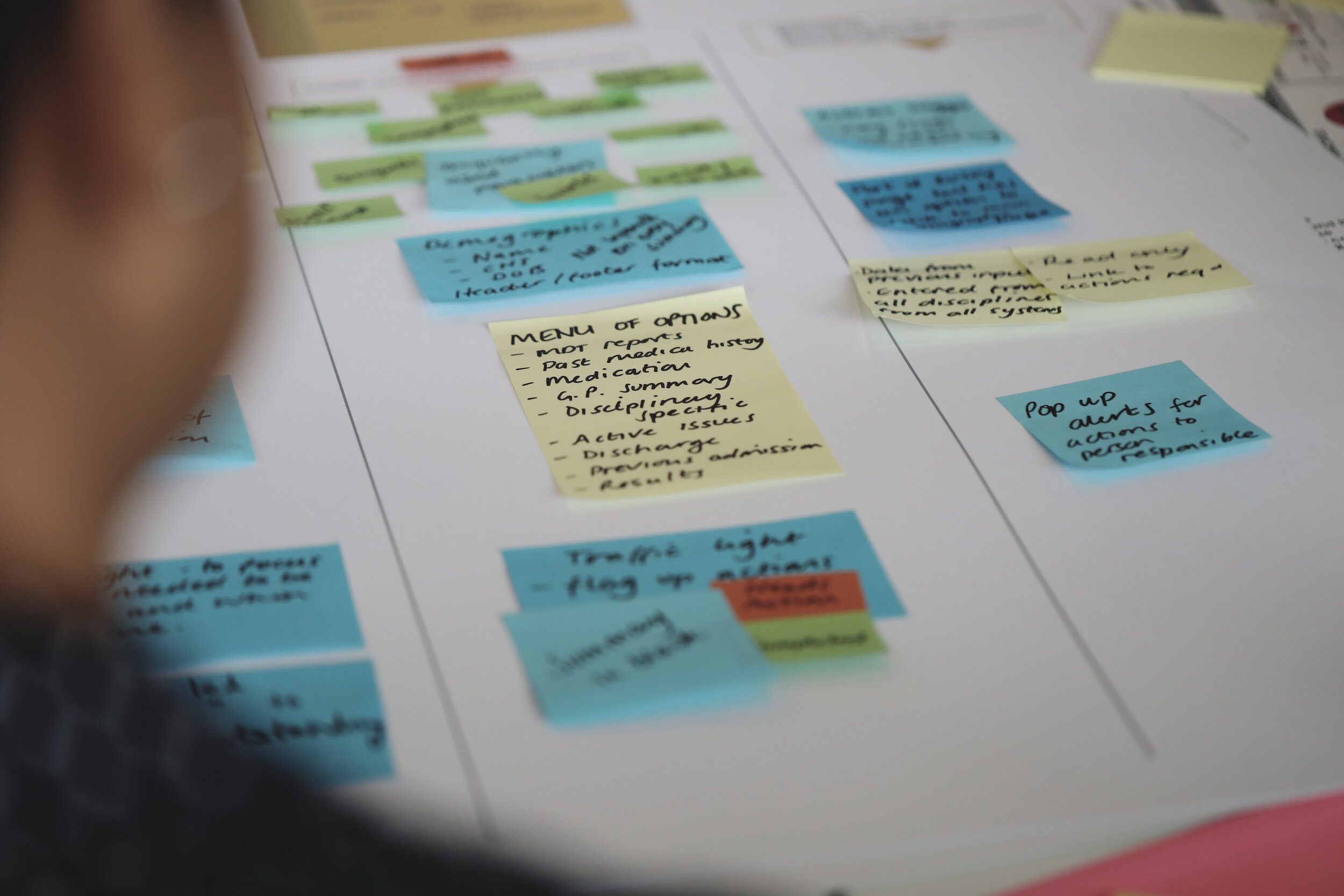
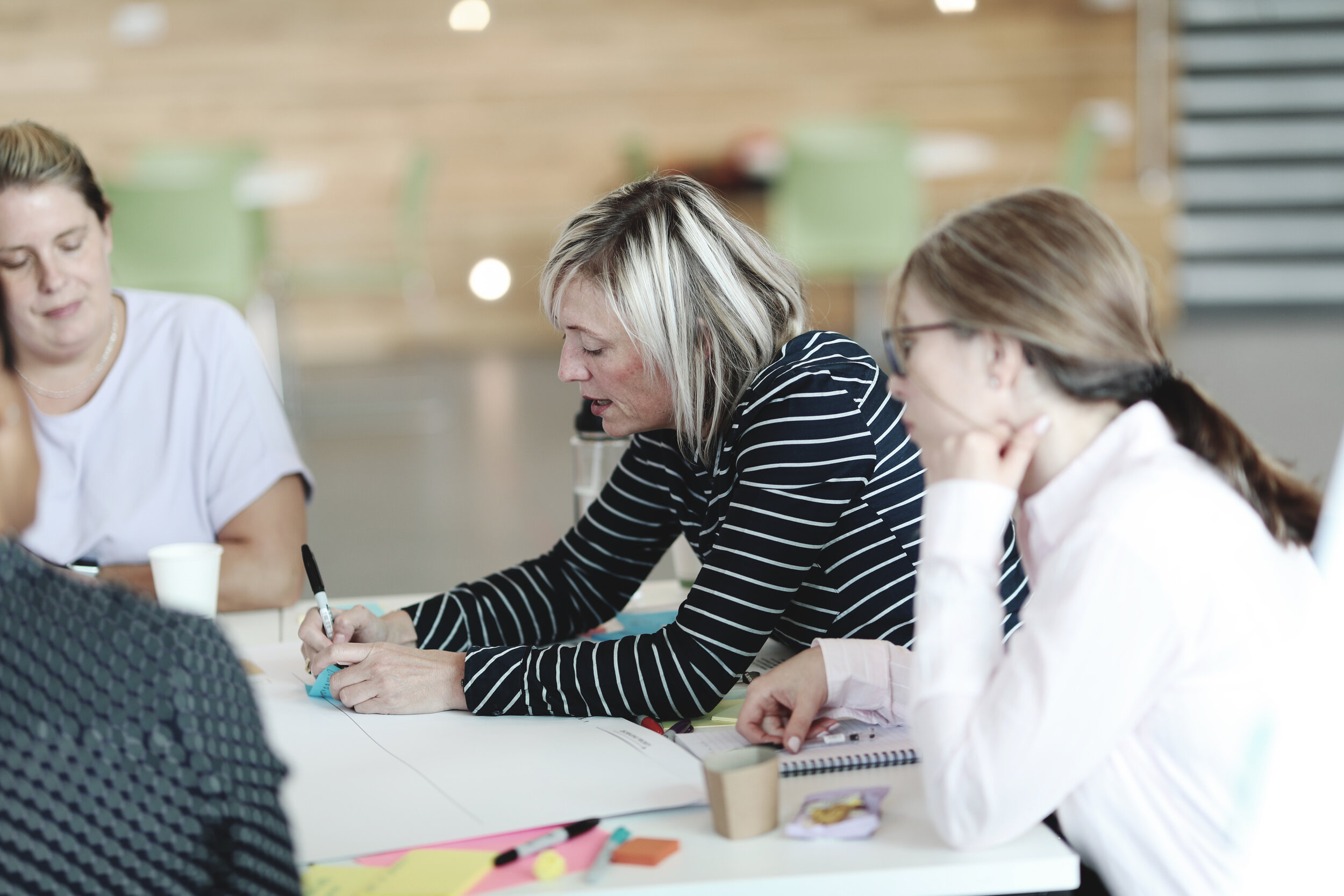




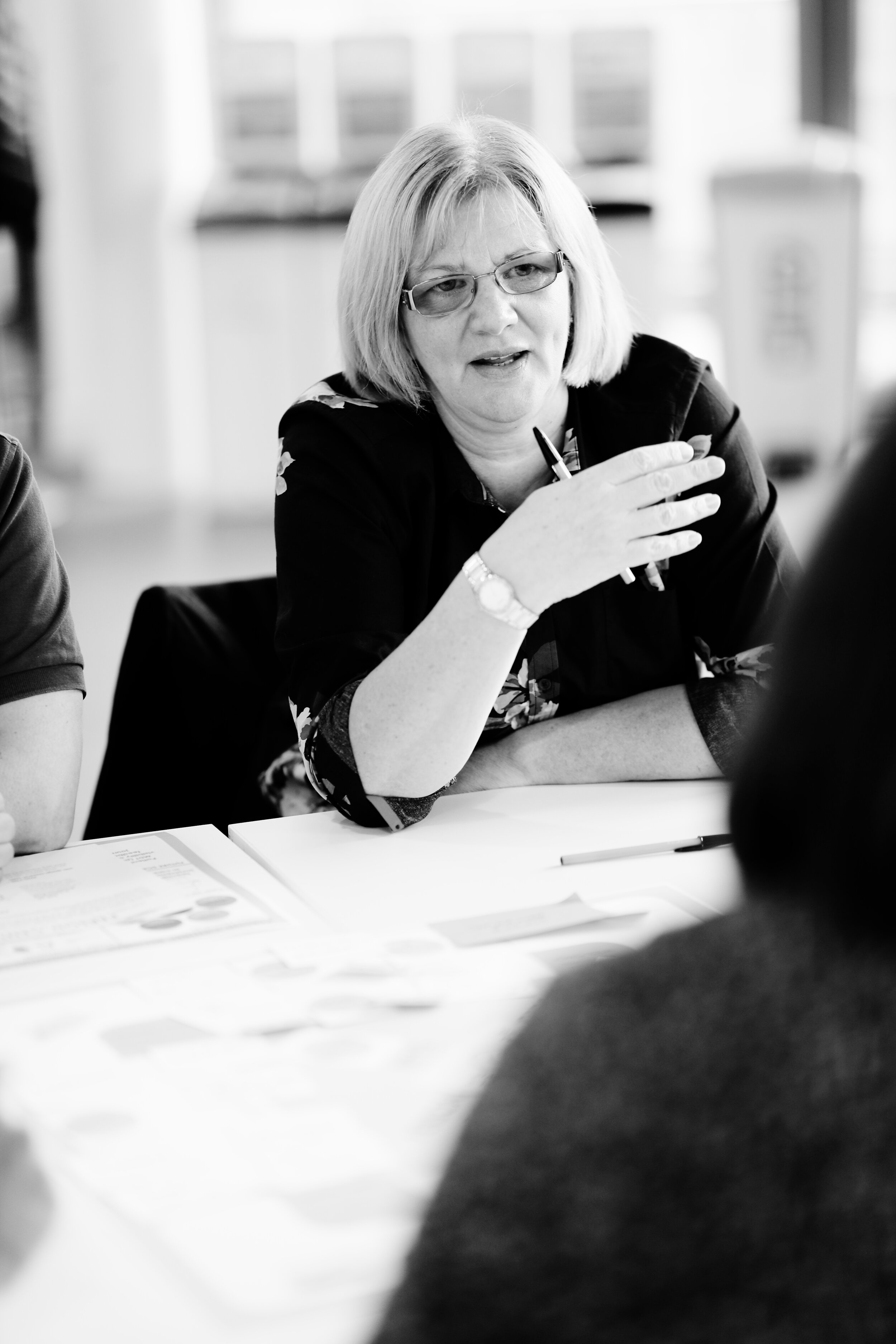
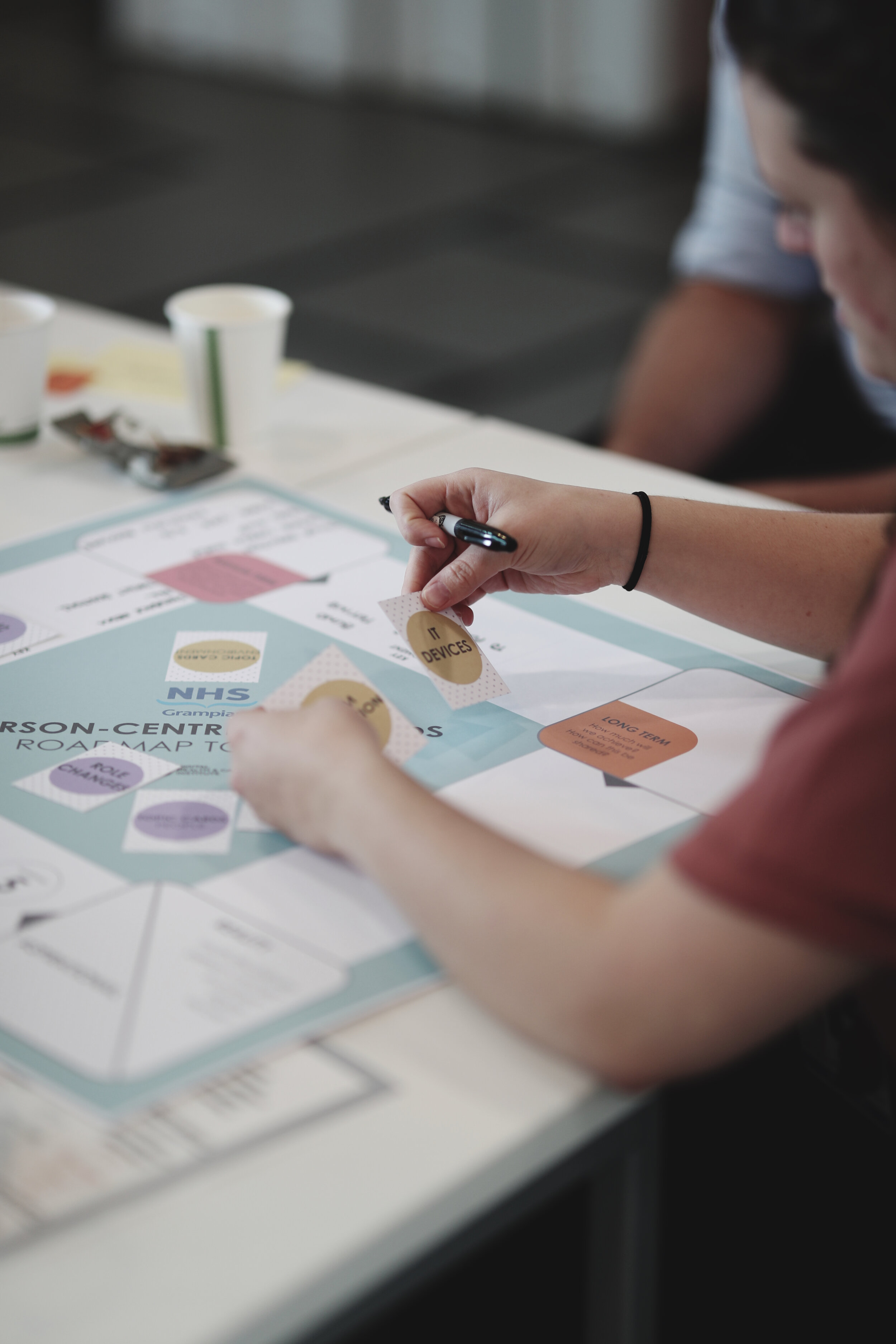
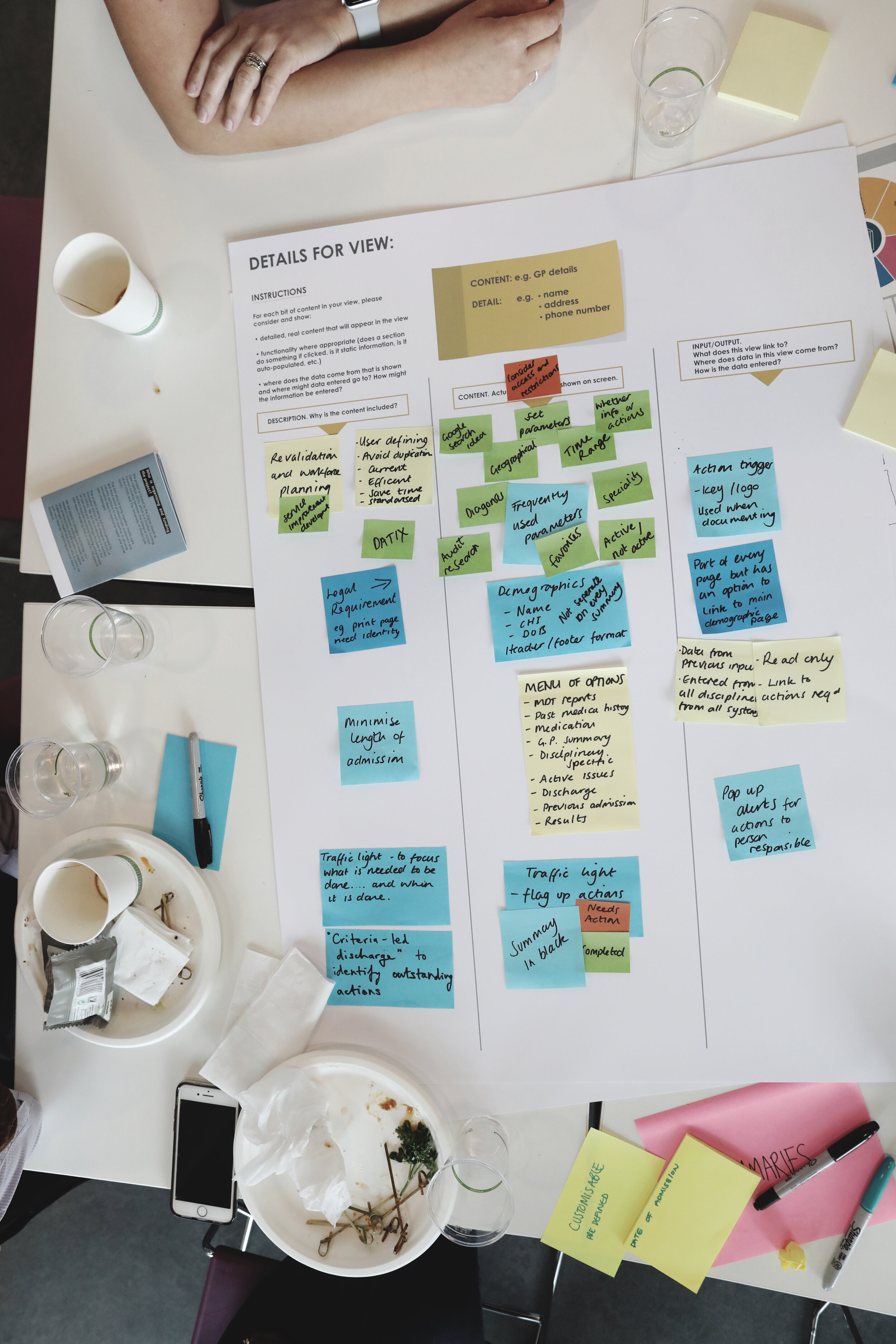







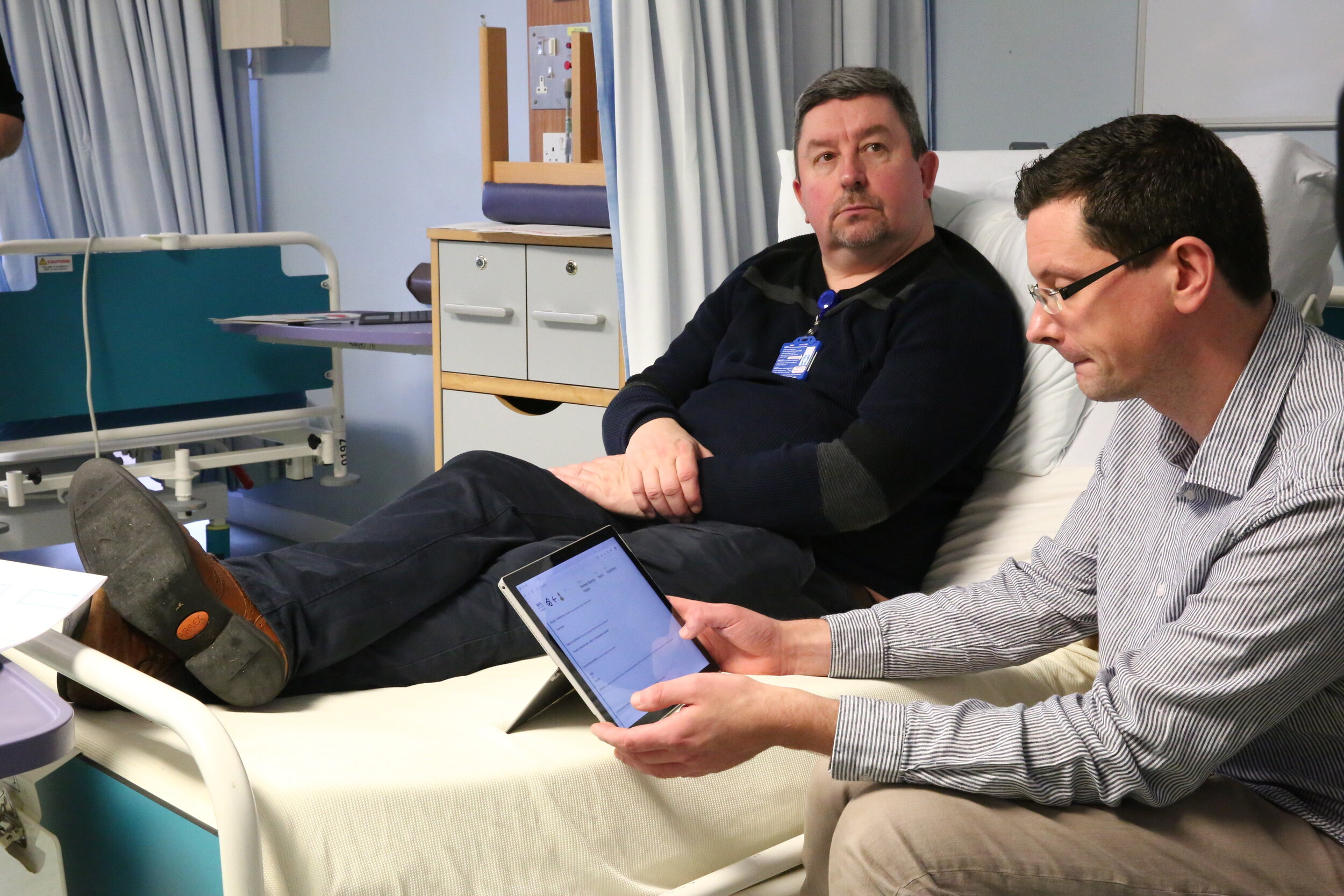
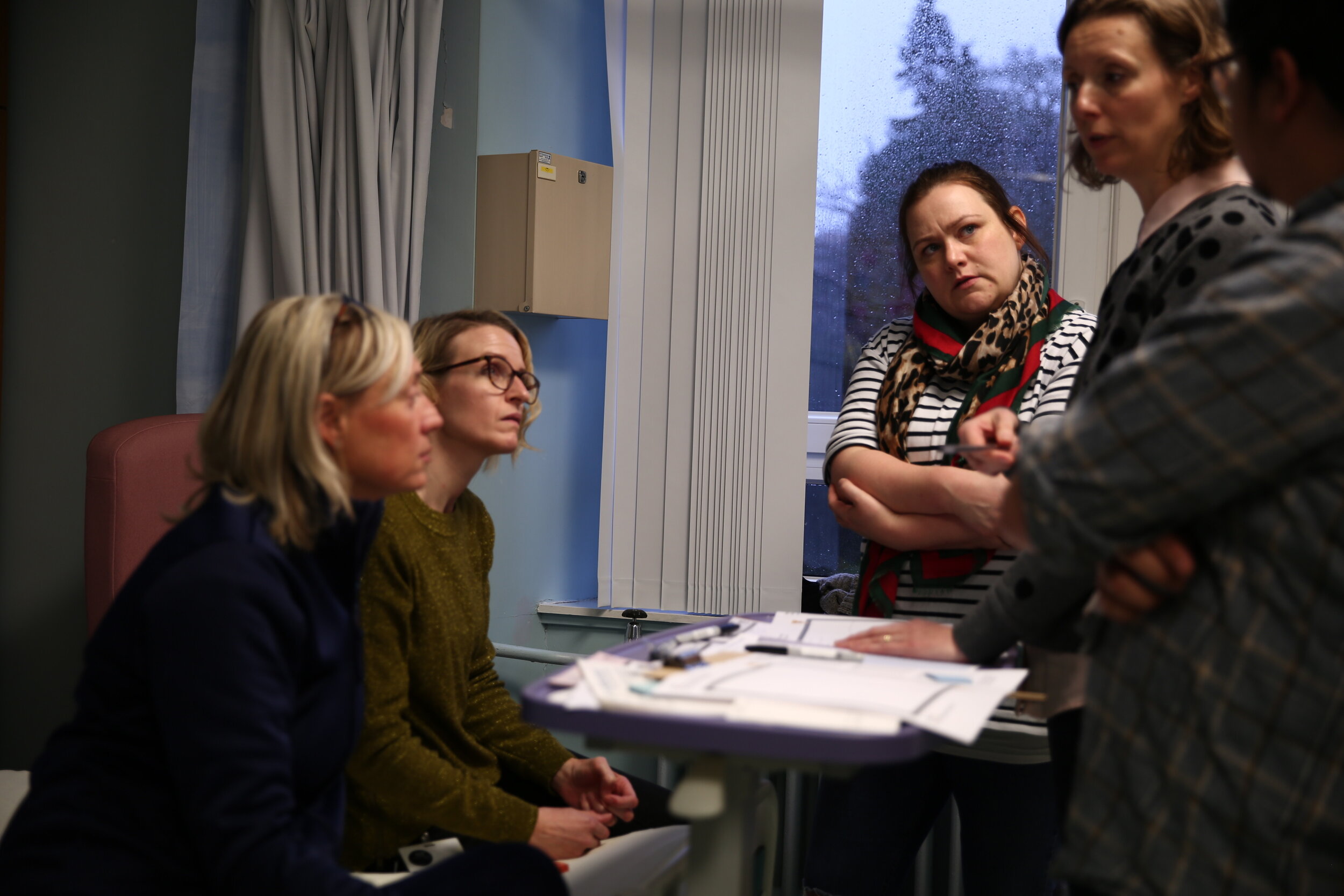
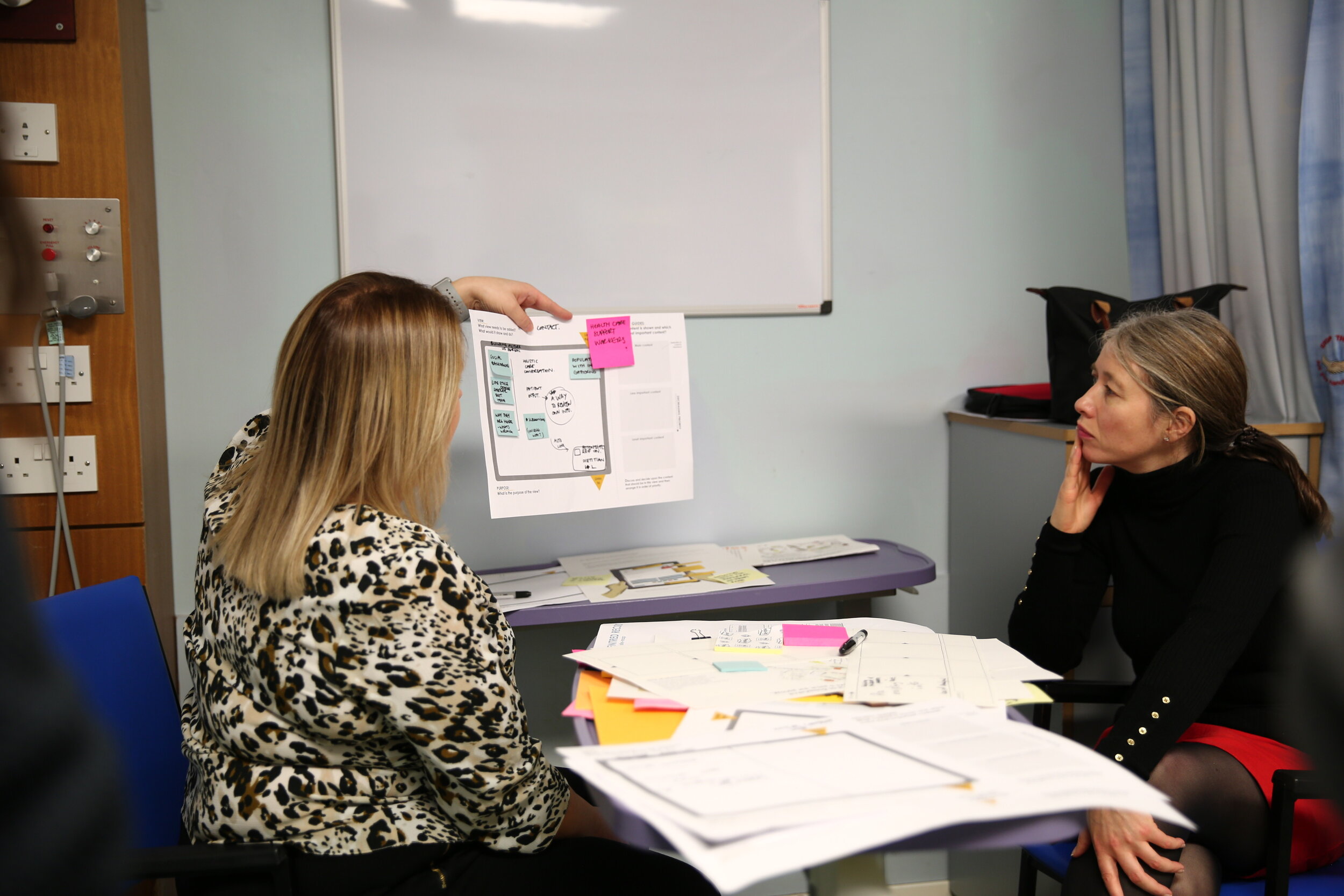
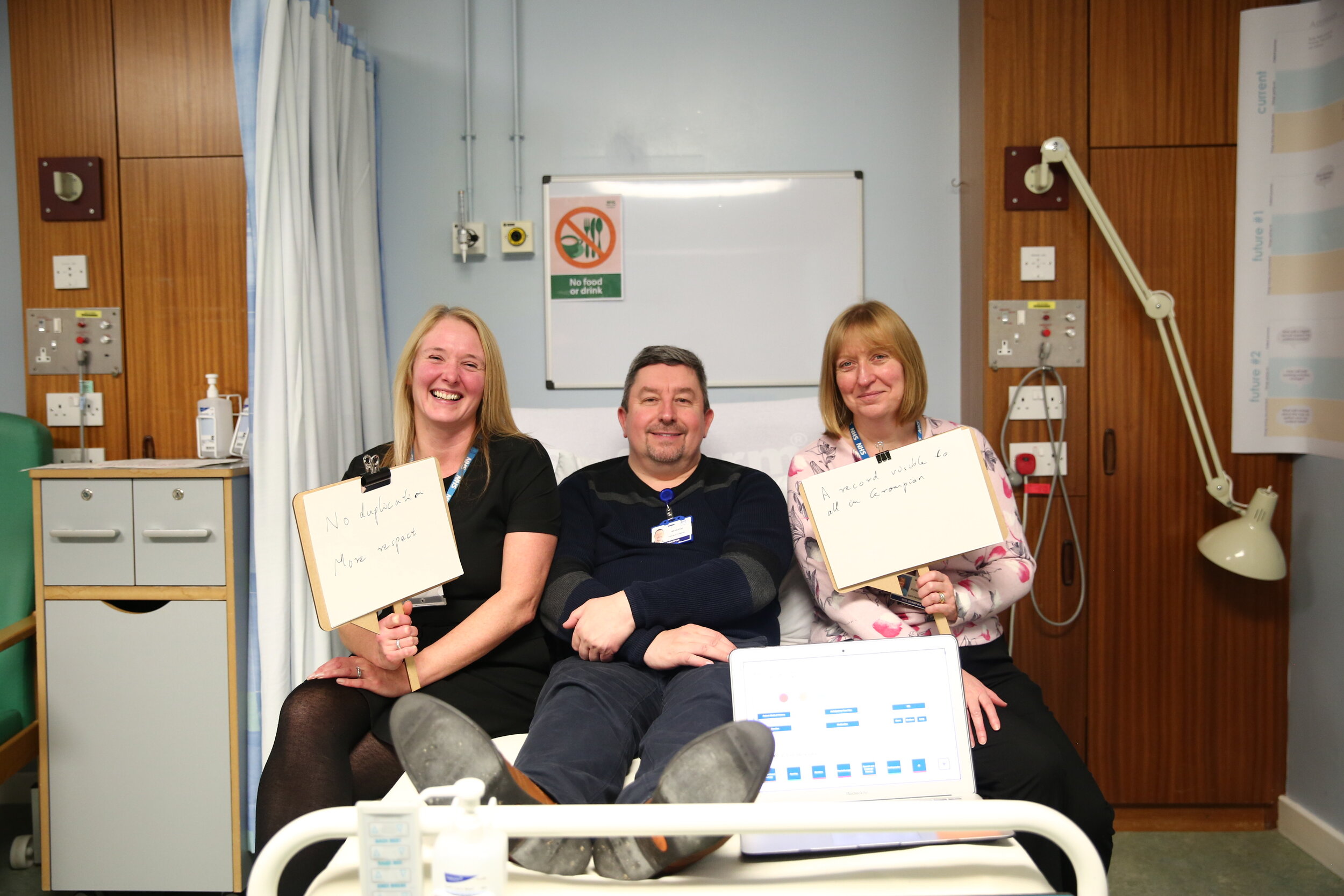
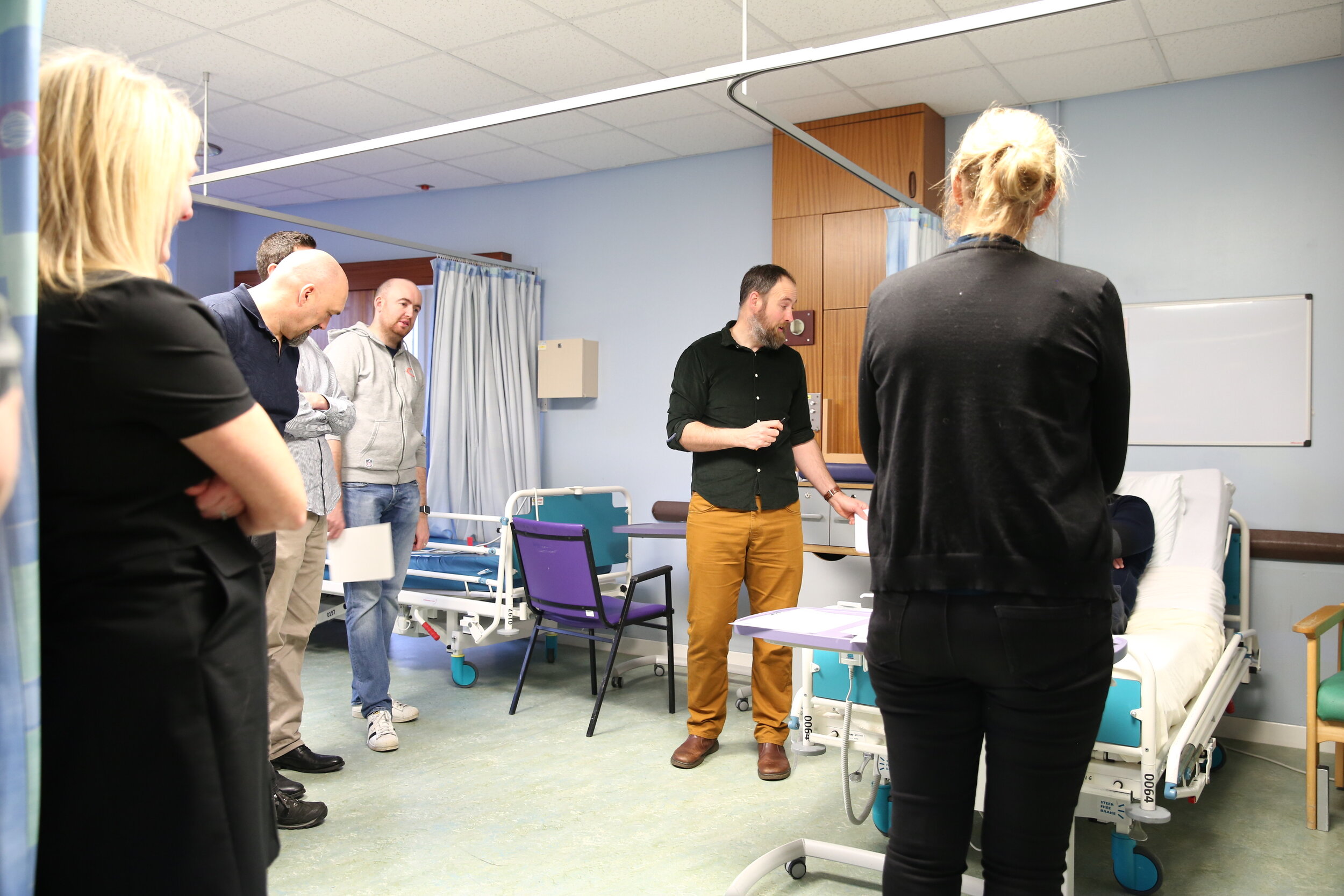

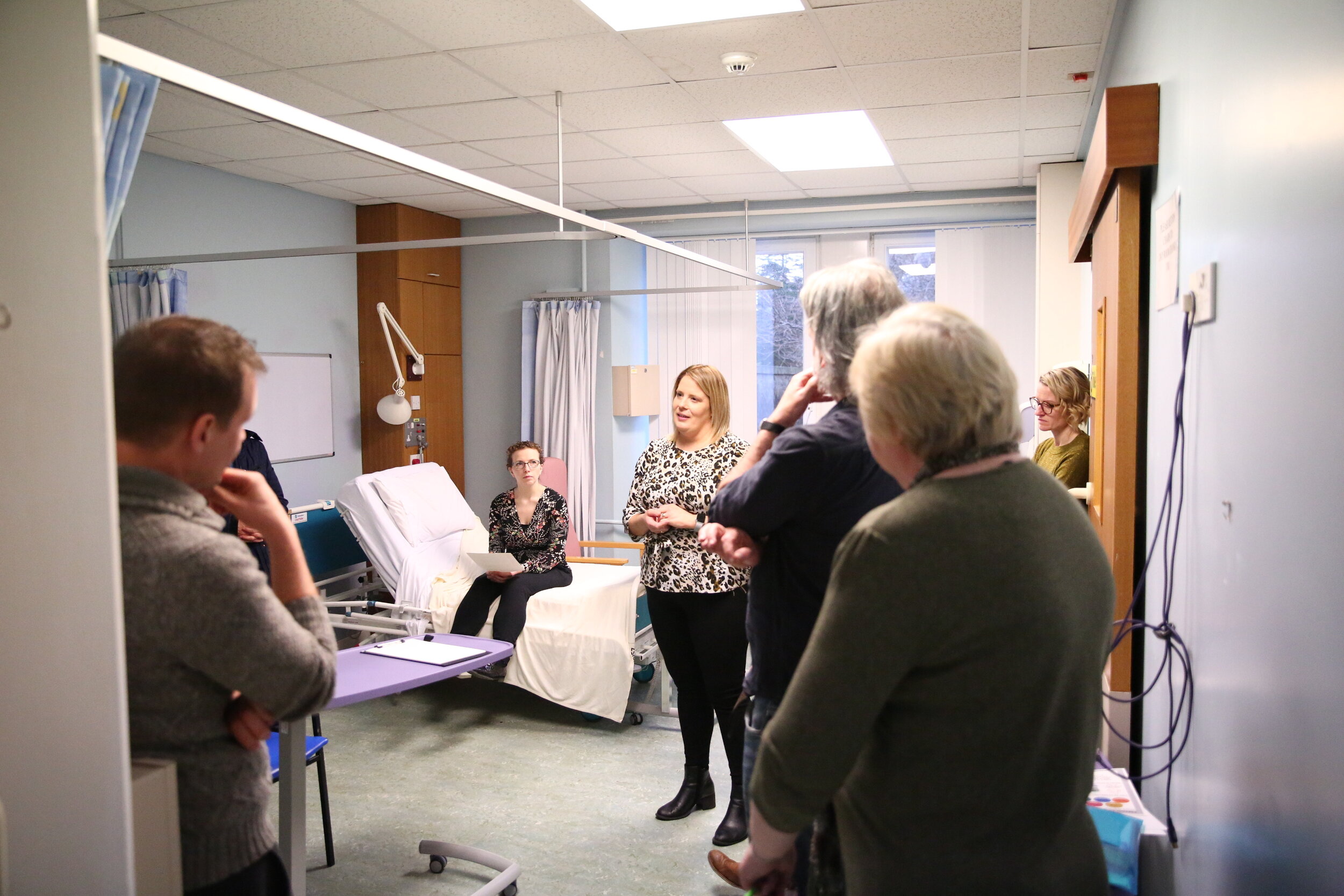
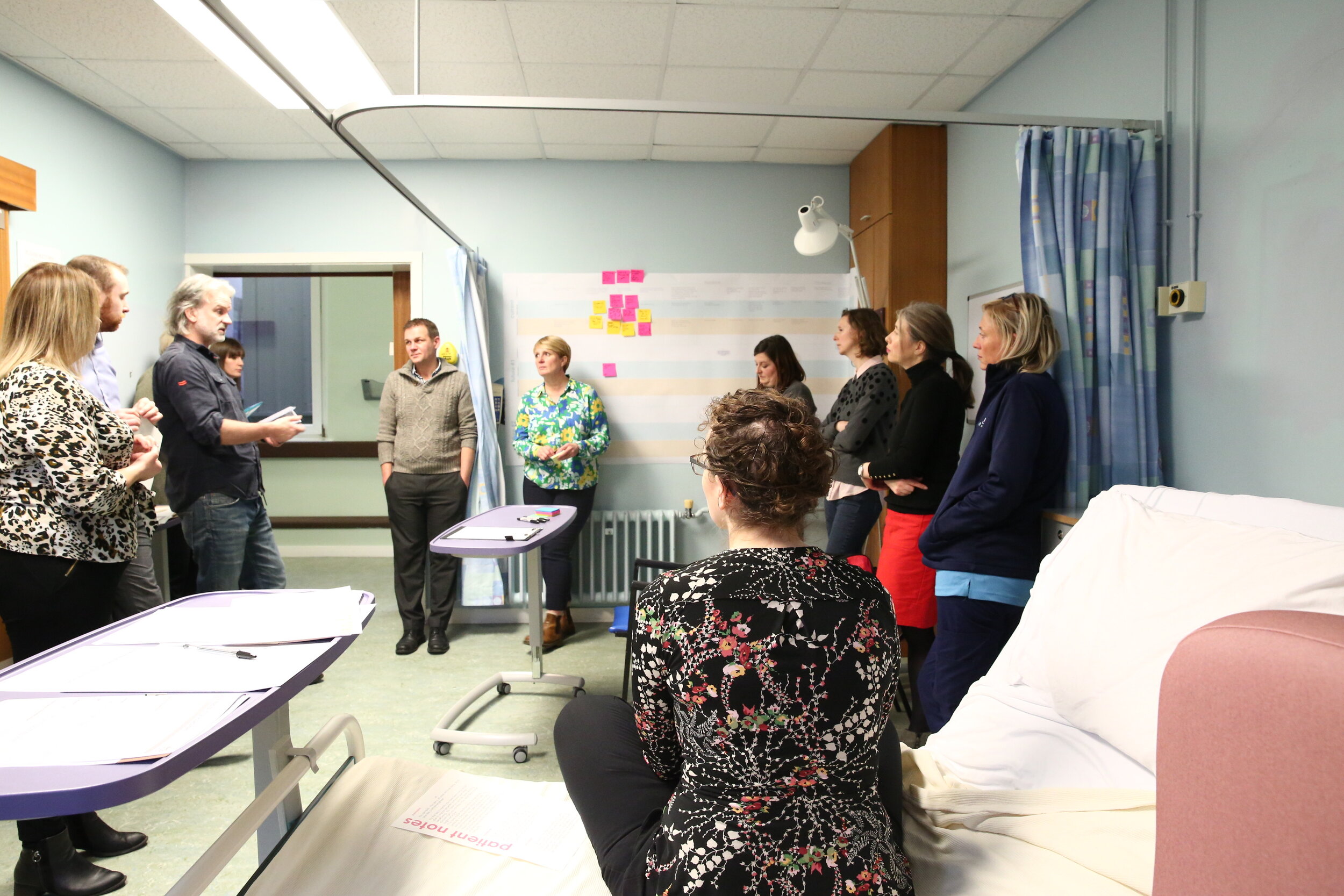













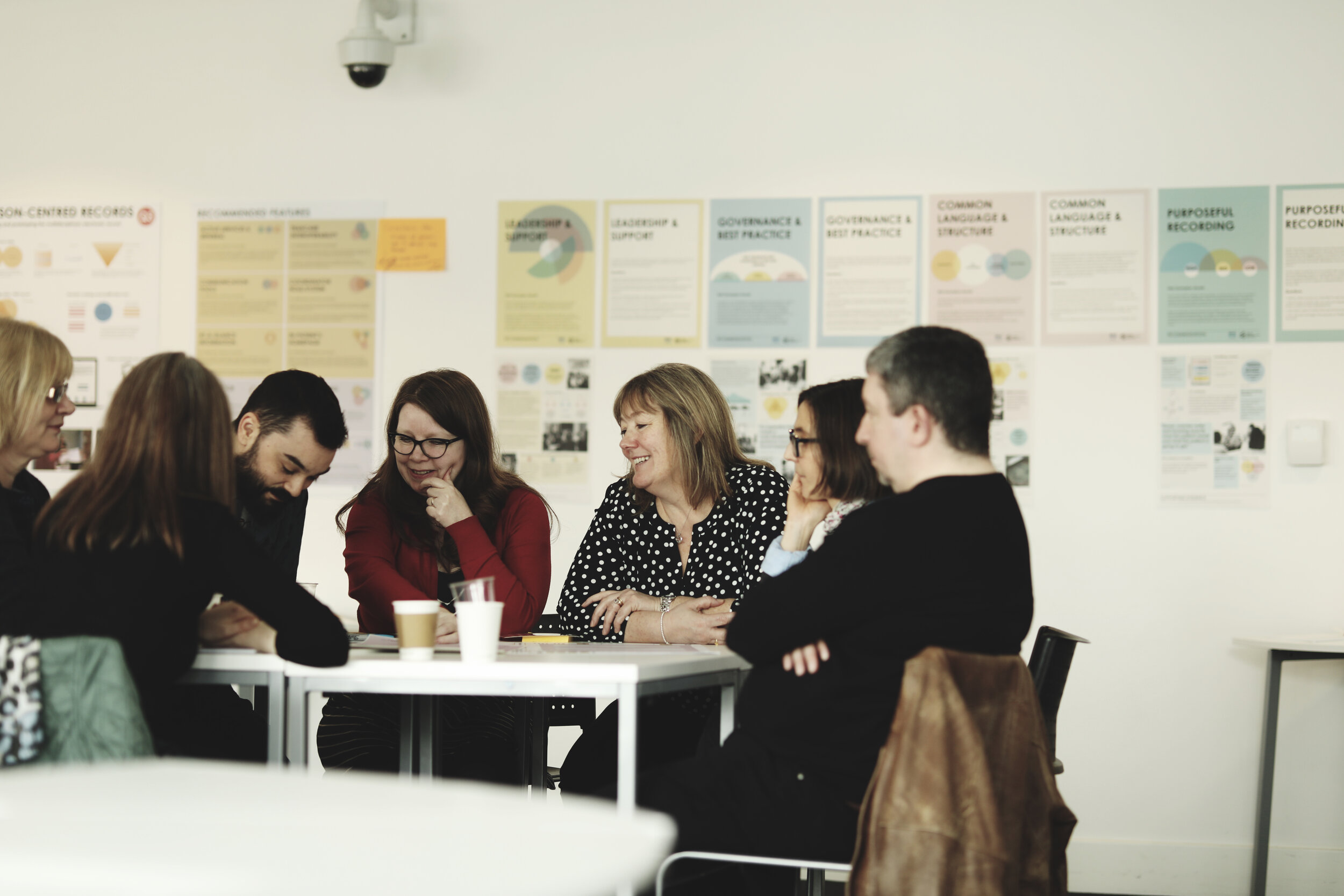
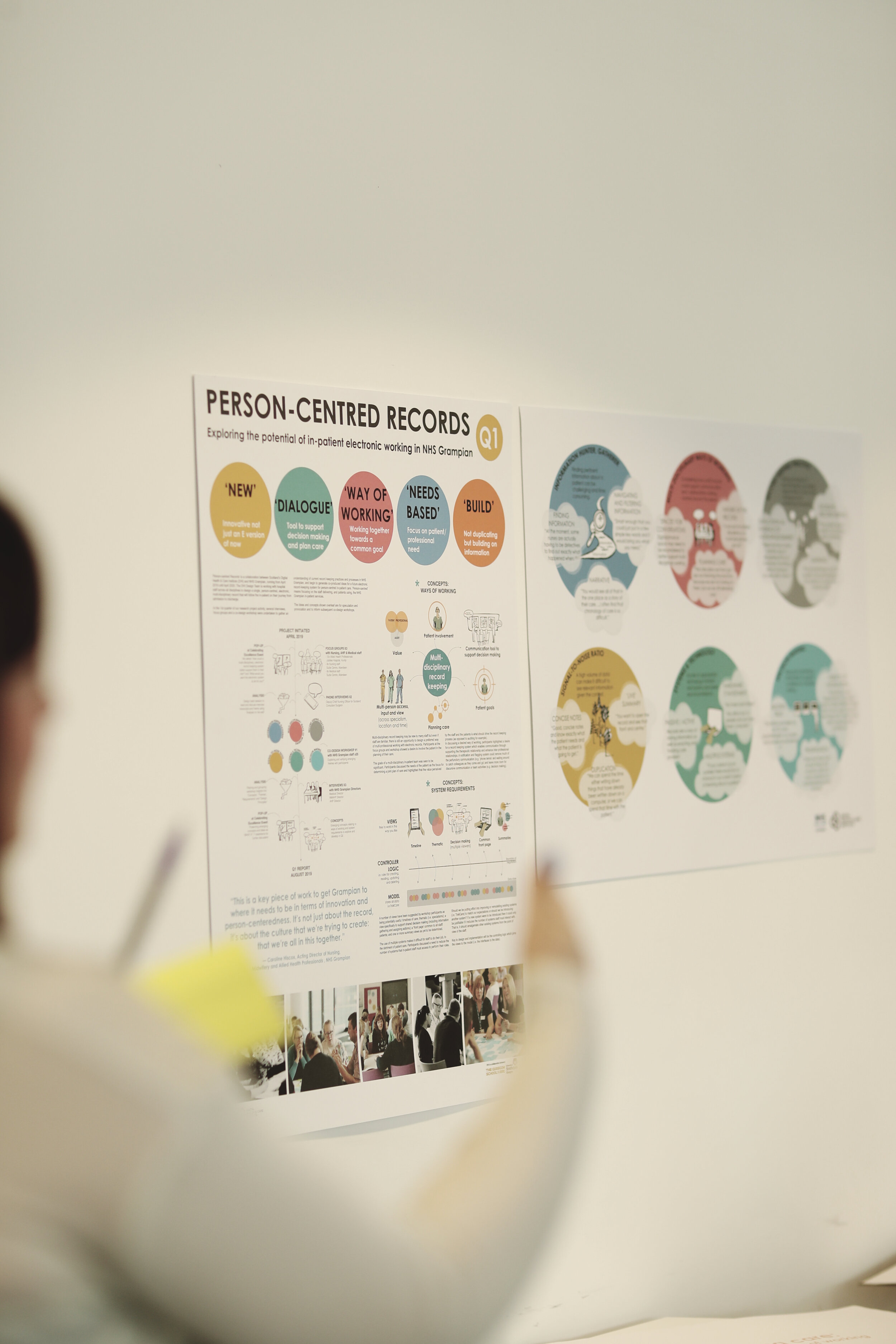

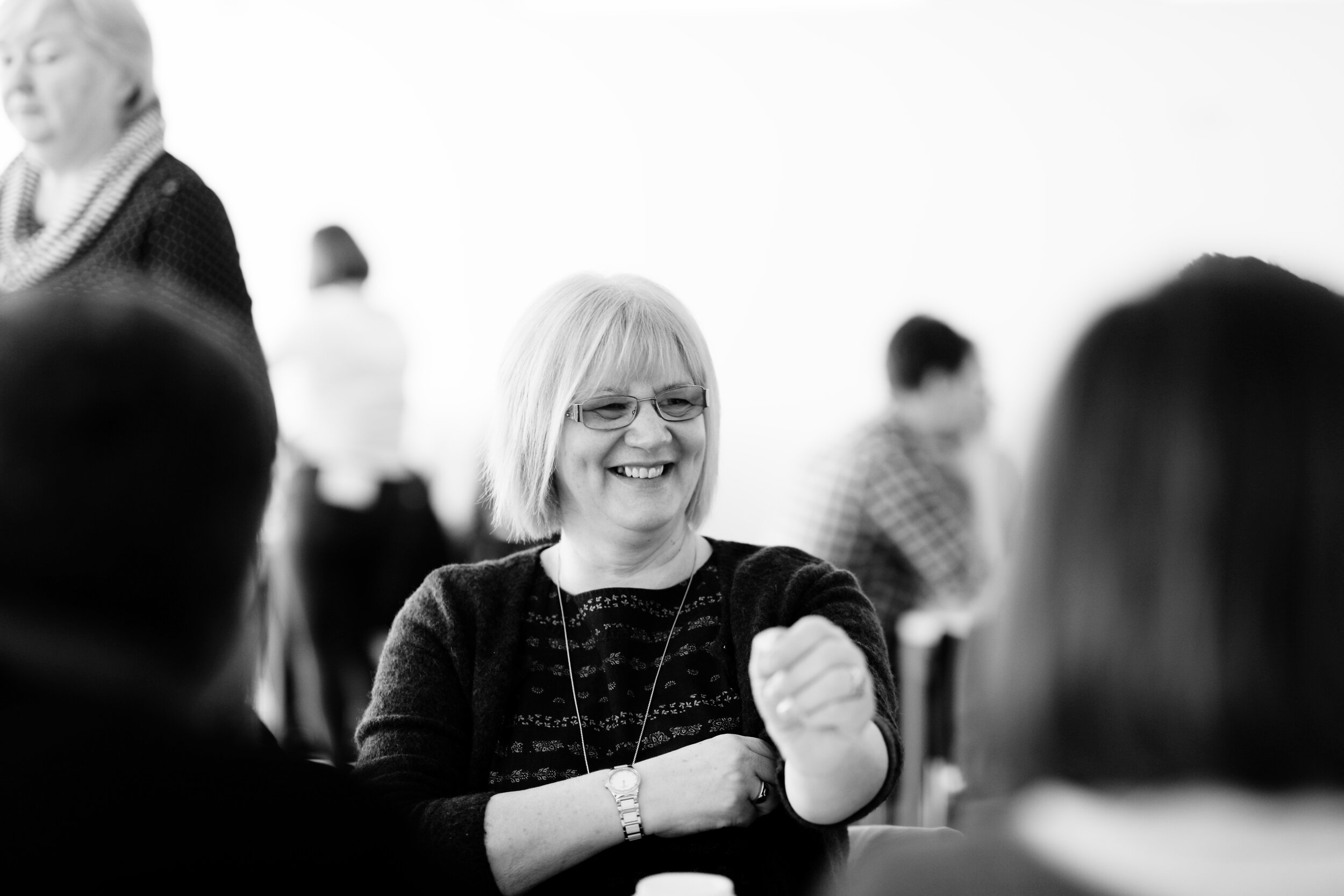

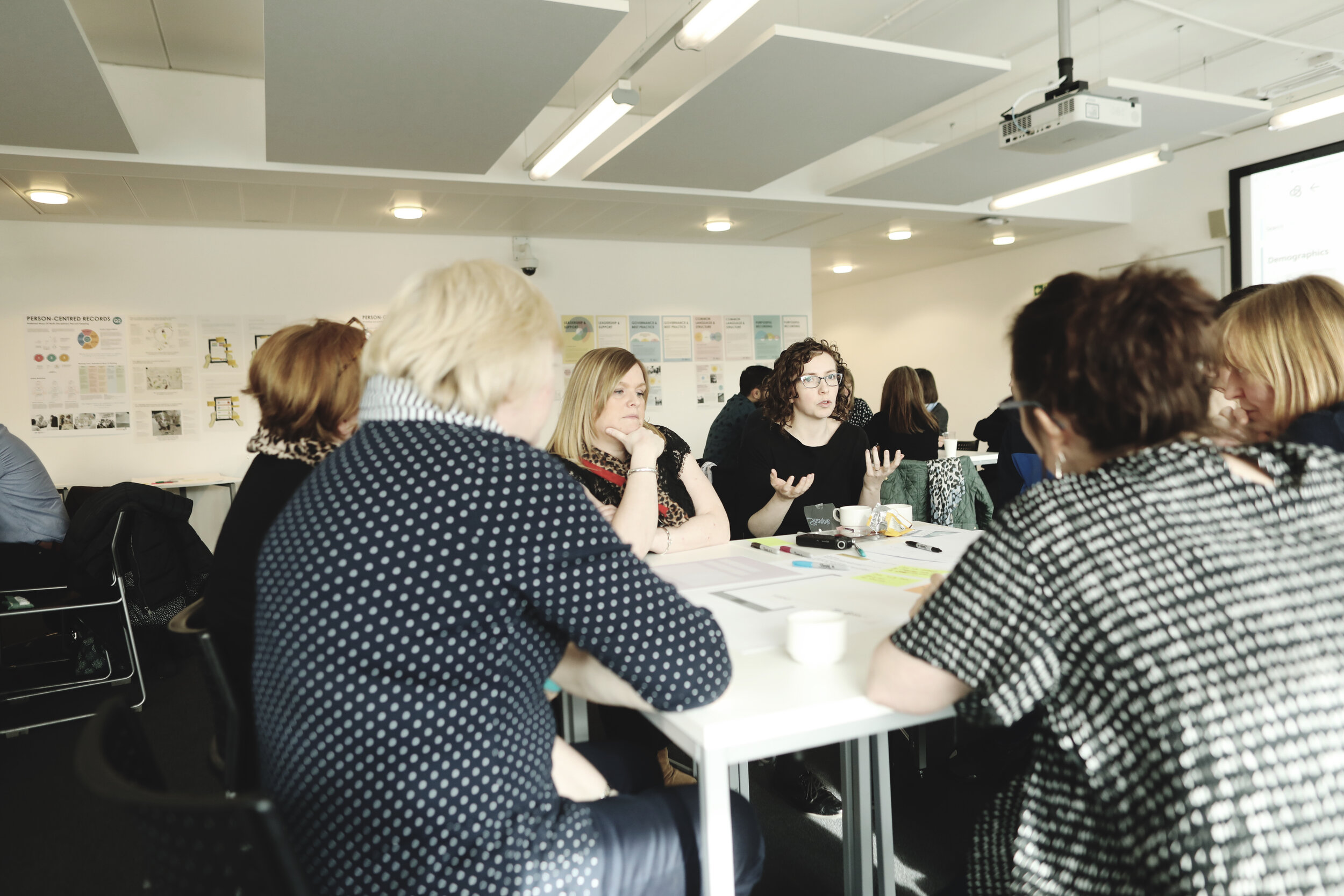


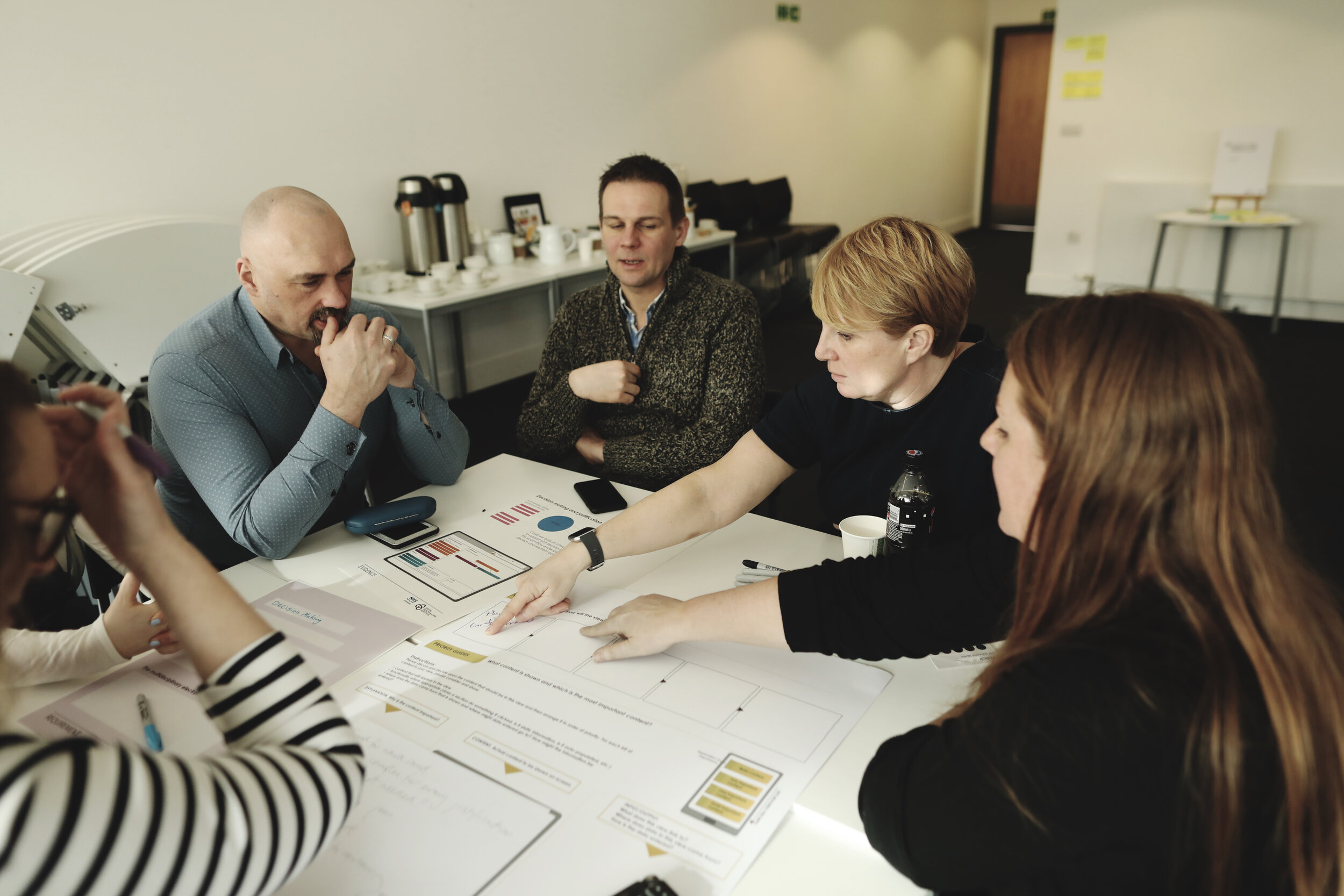
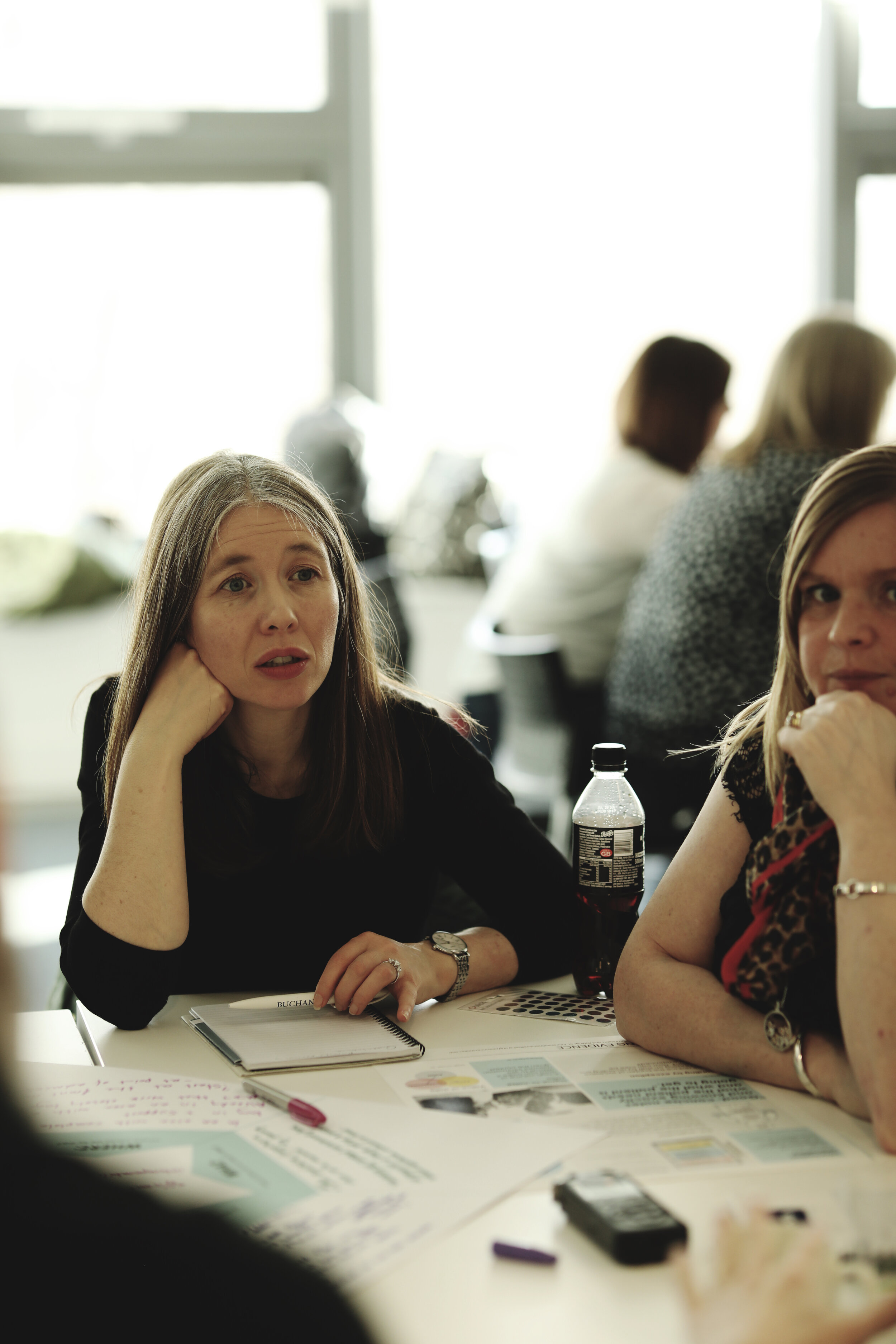
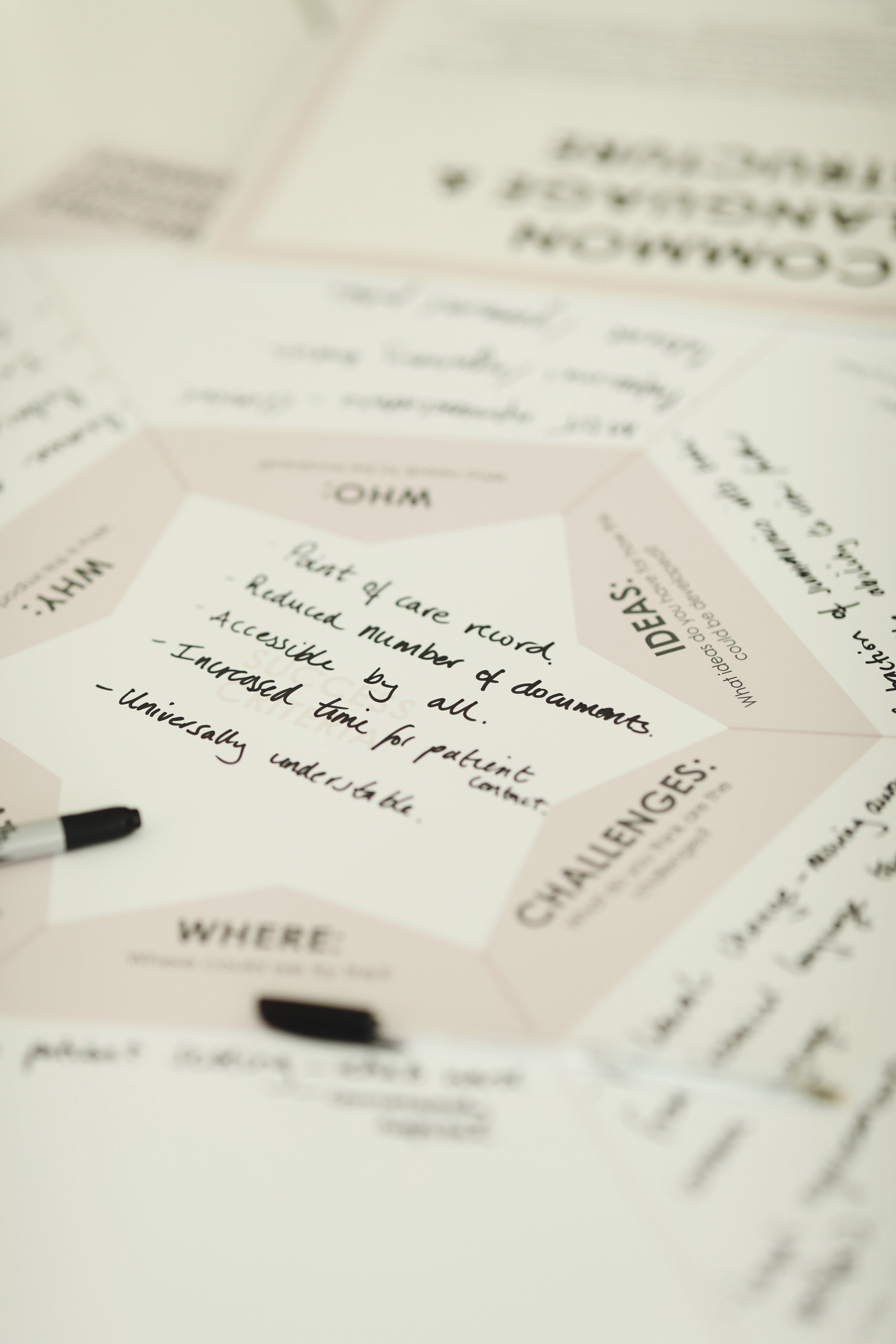

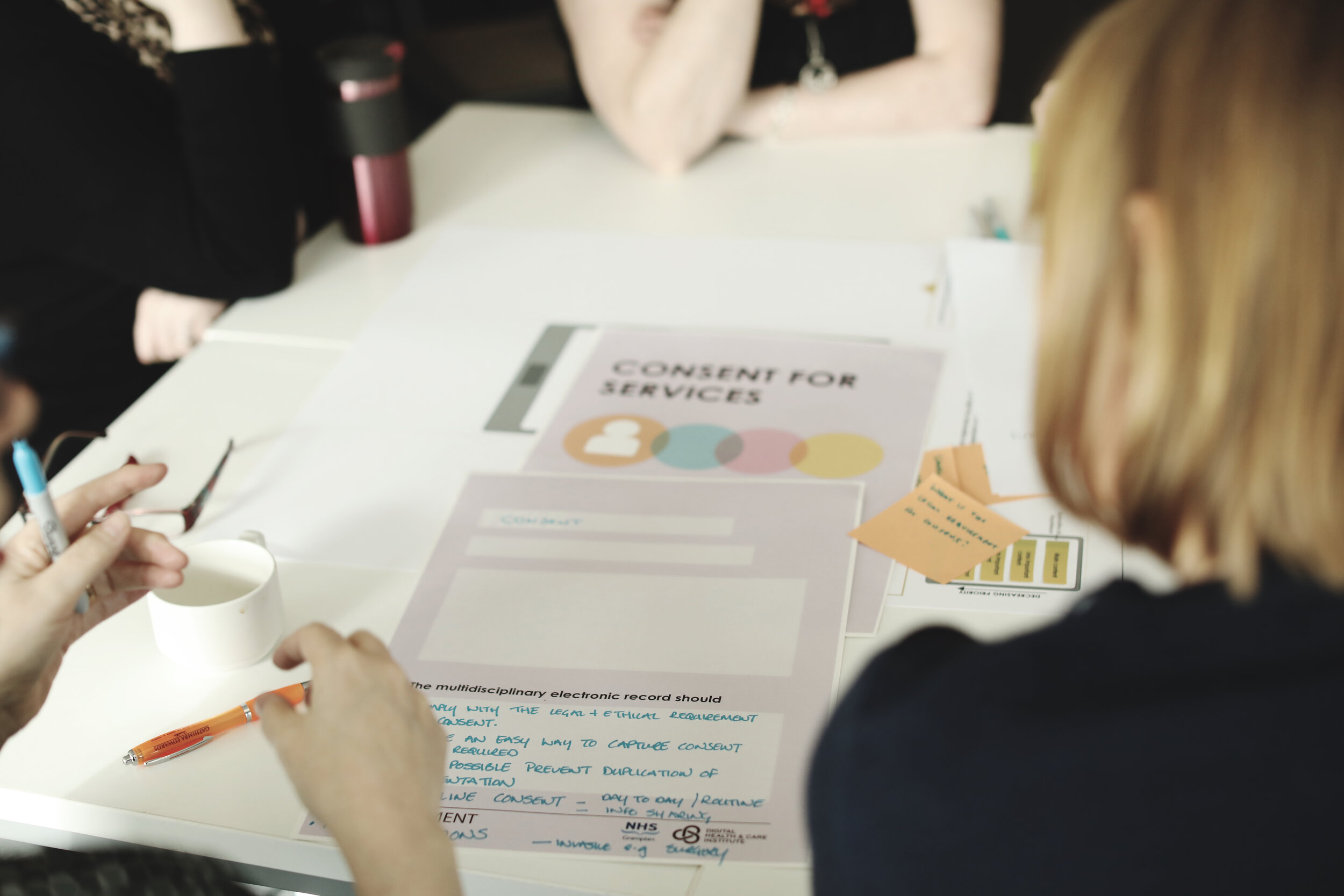
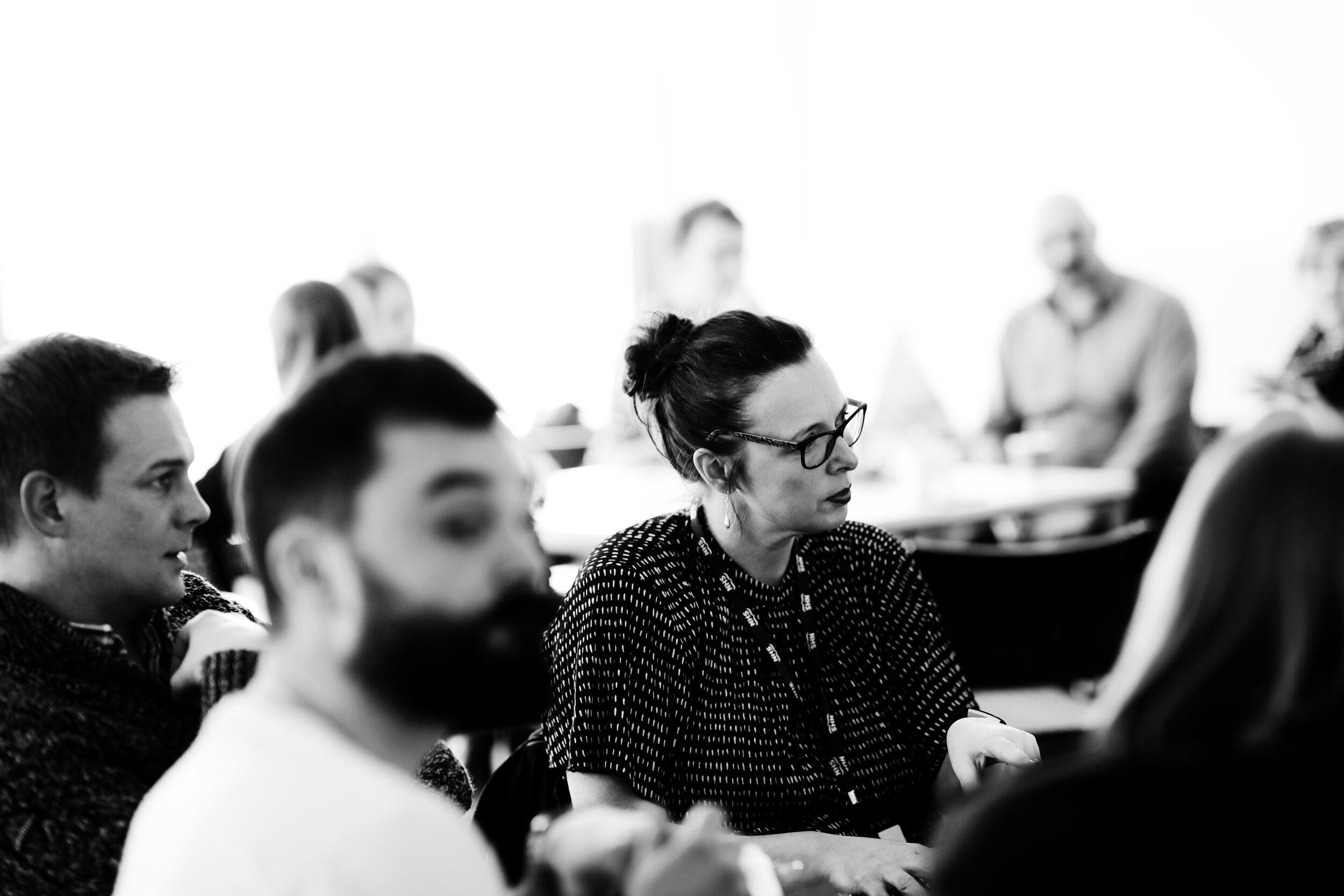
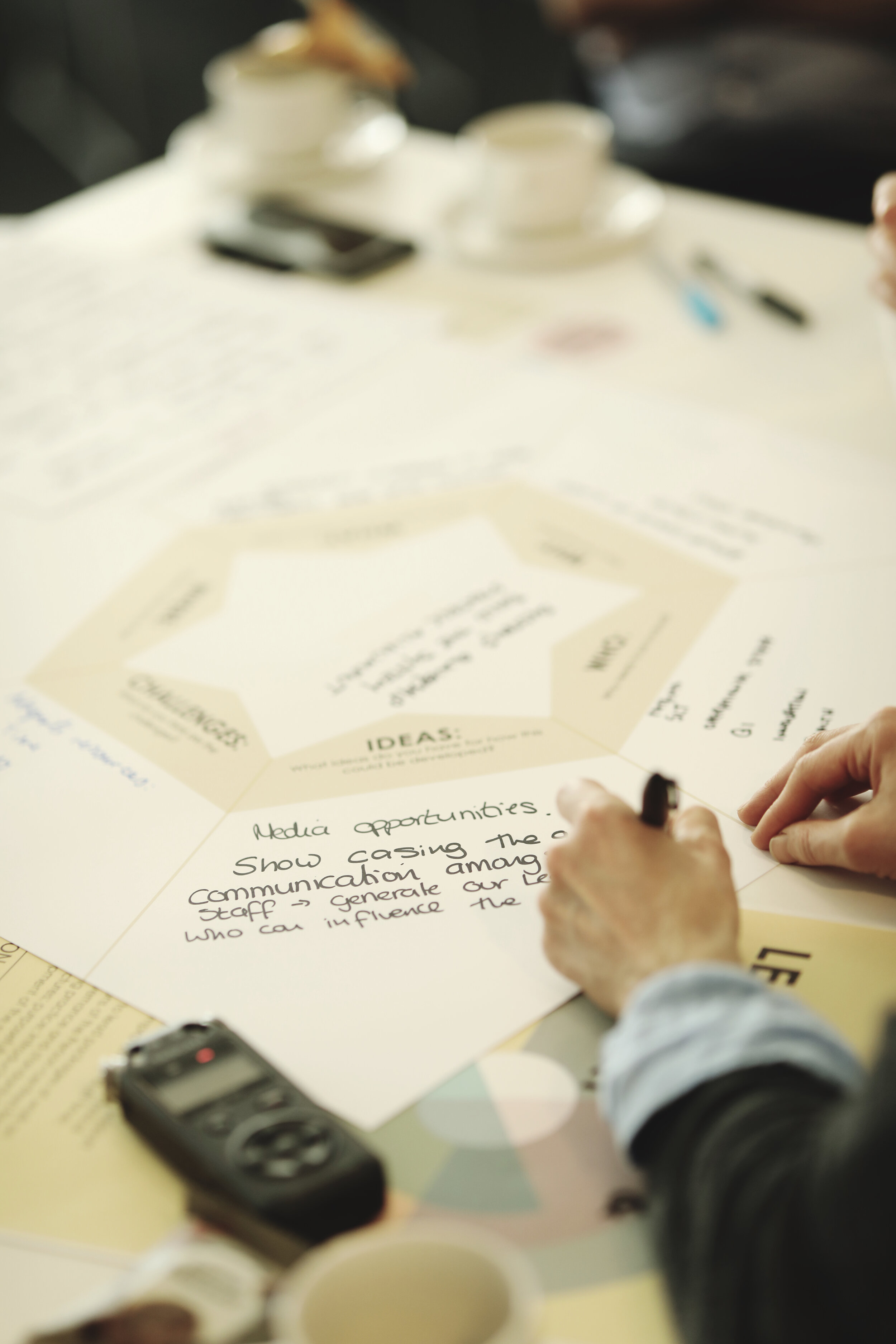

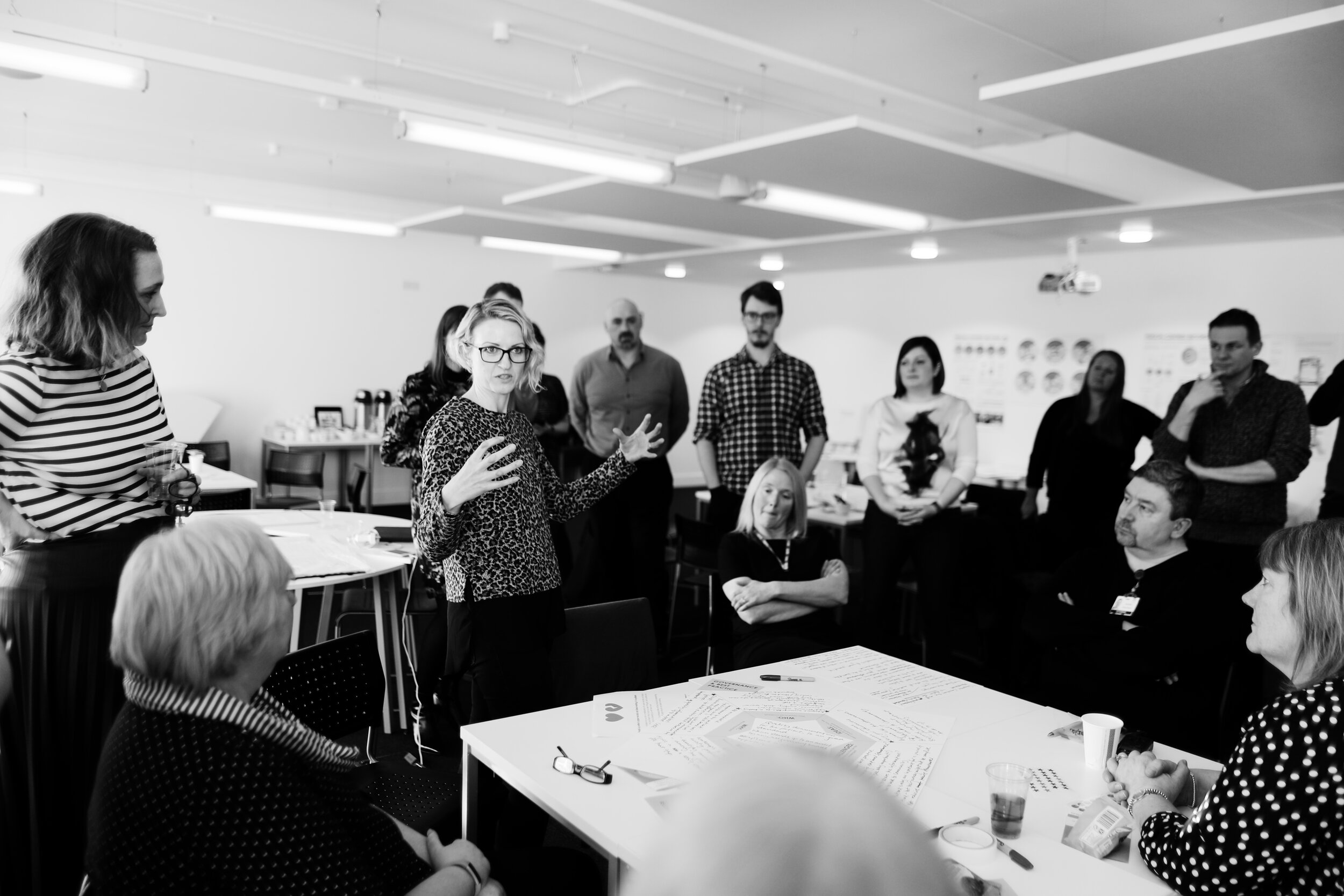
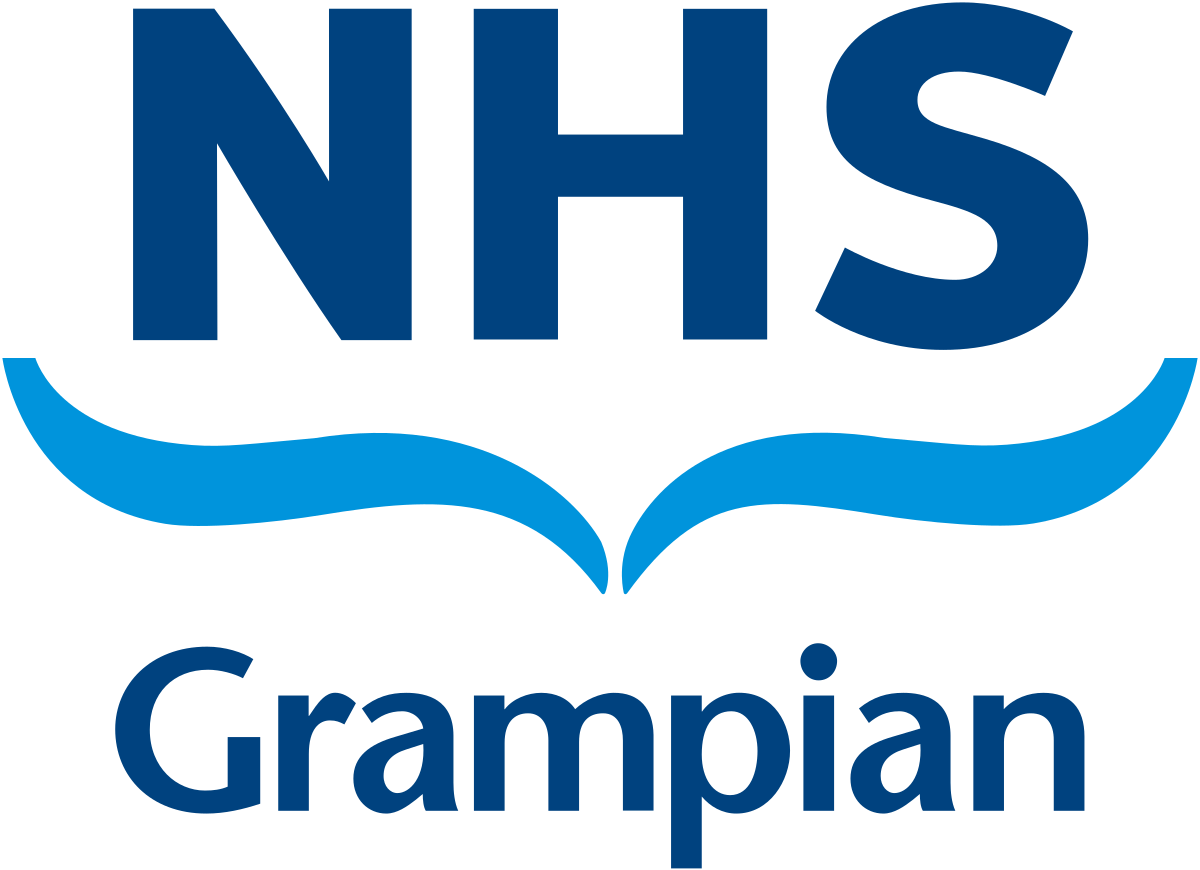
![DHI Full Logo [COLOUR].jpg](https://images.squarespace-cdn.com/content/v1/5ab504e77c9327e5eed2778a/1593185146455-AHMYGKIK2ZZ0Y3SROXF7/DHI+Full+Logo+%5BCOLOUR%5D.jpg)
